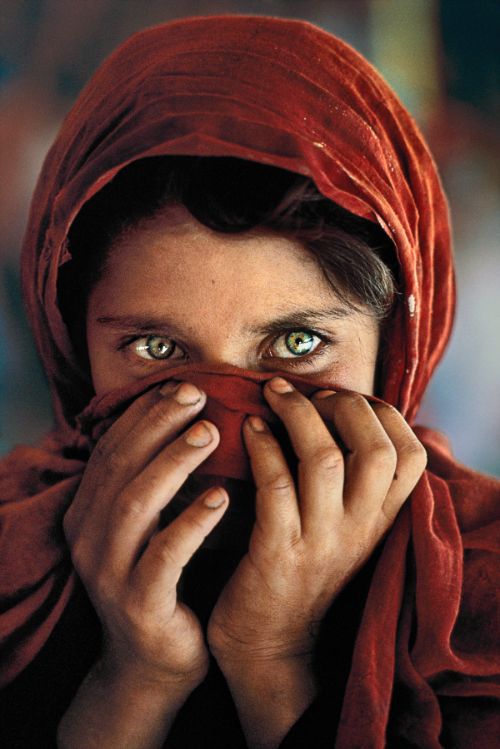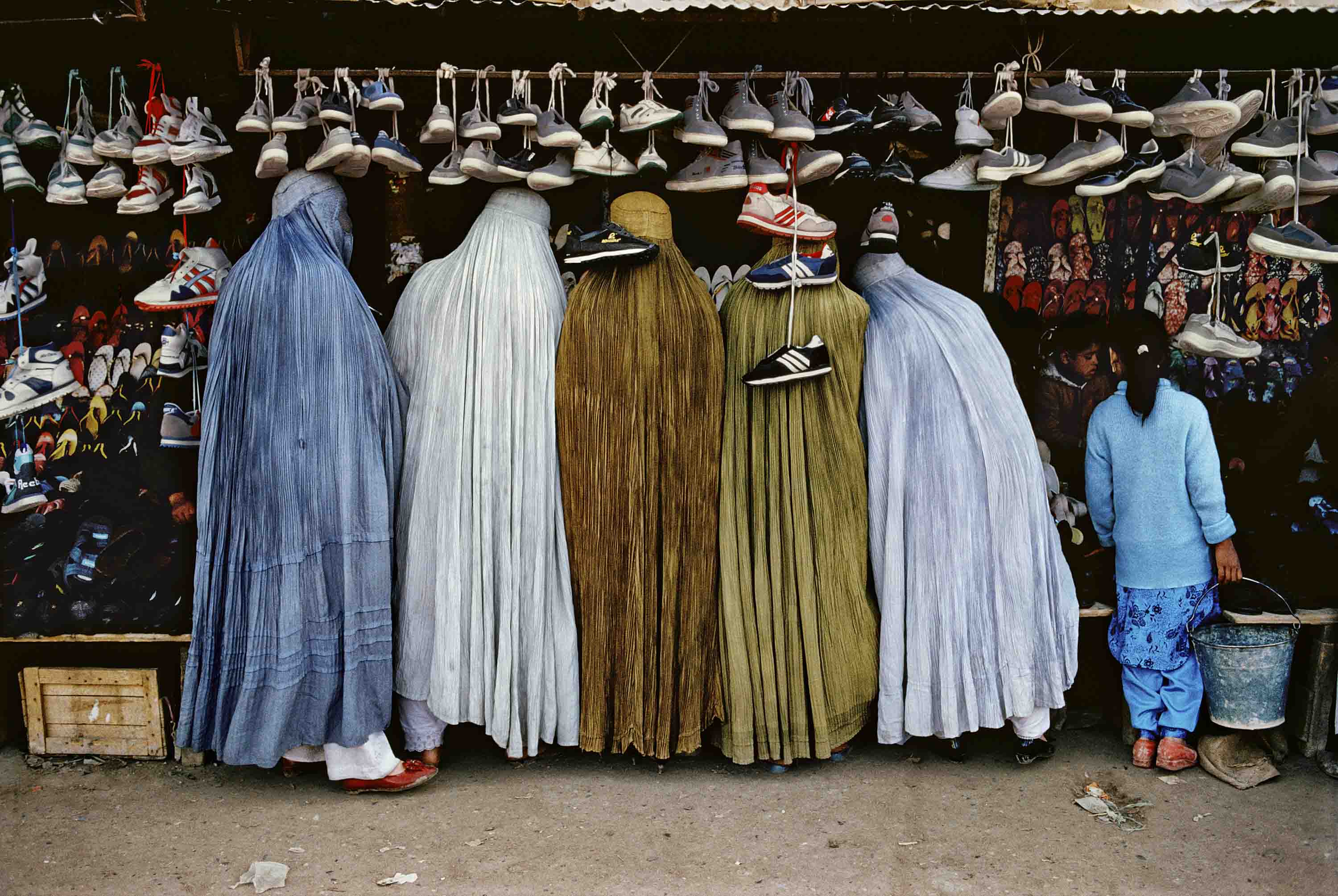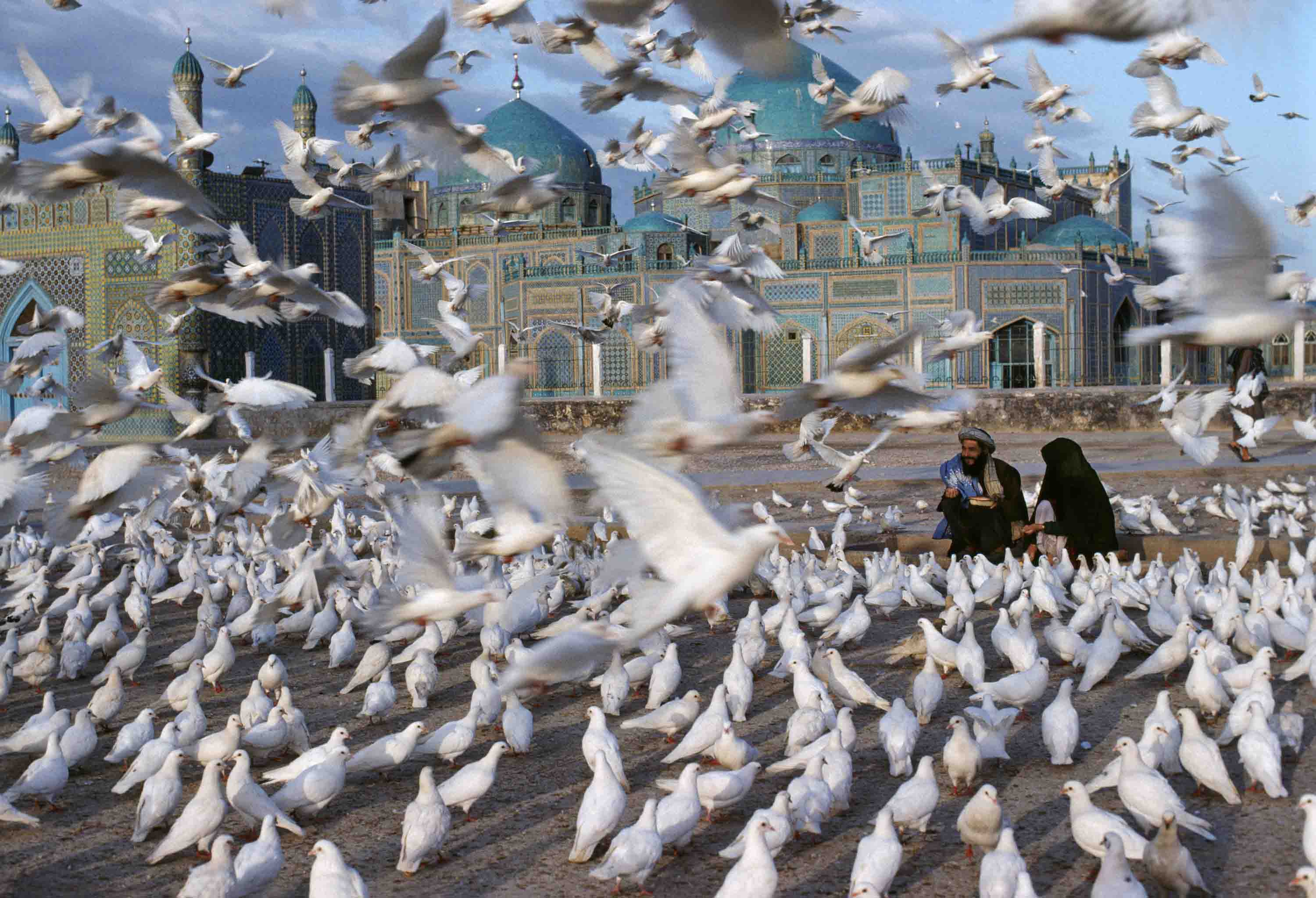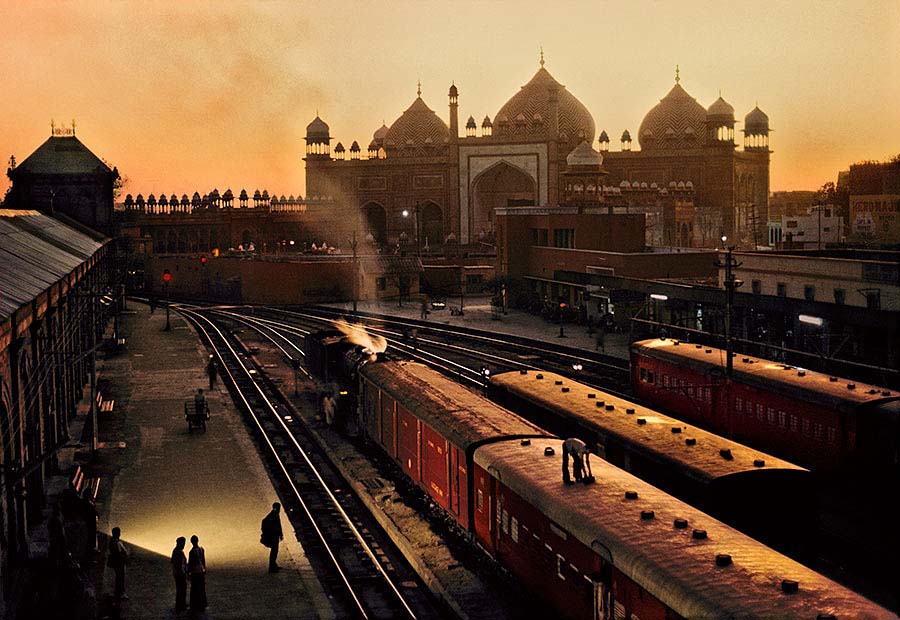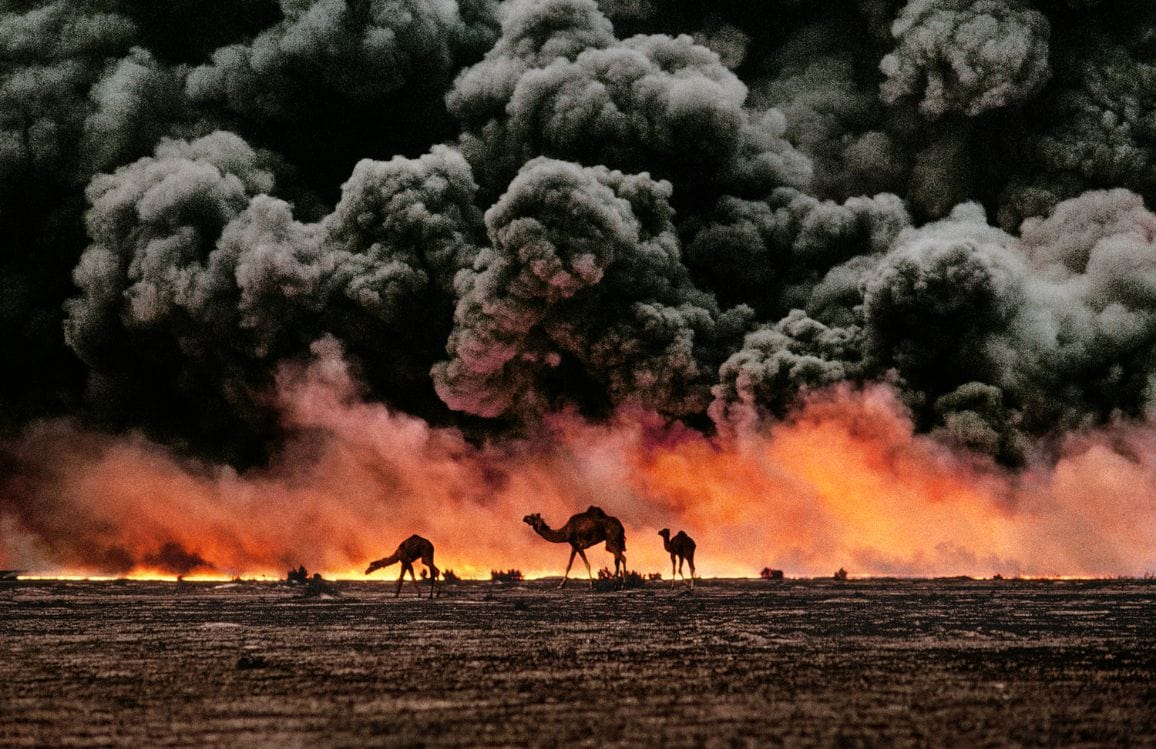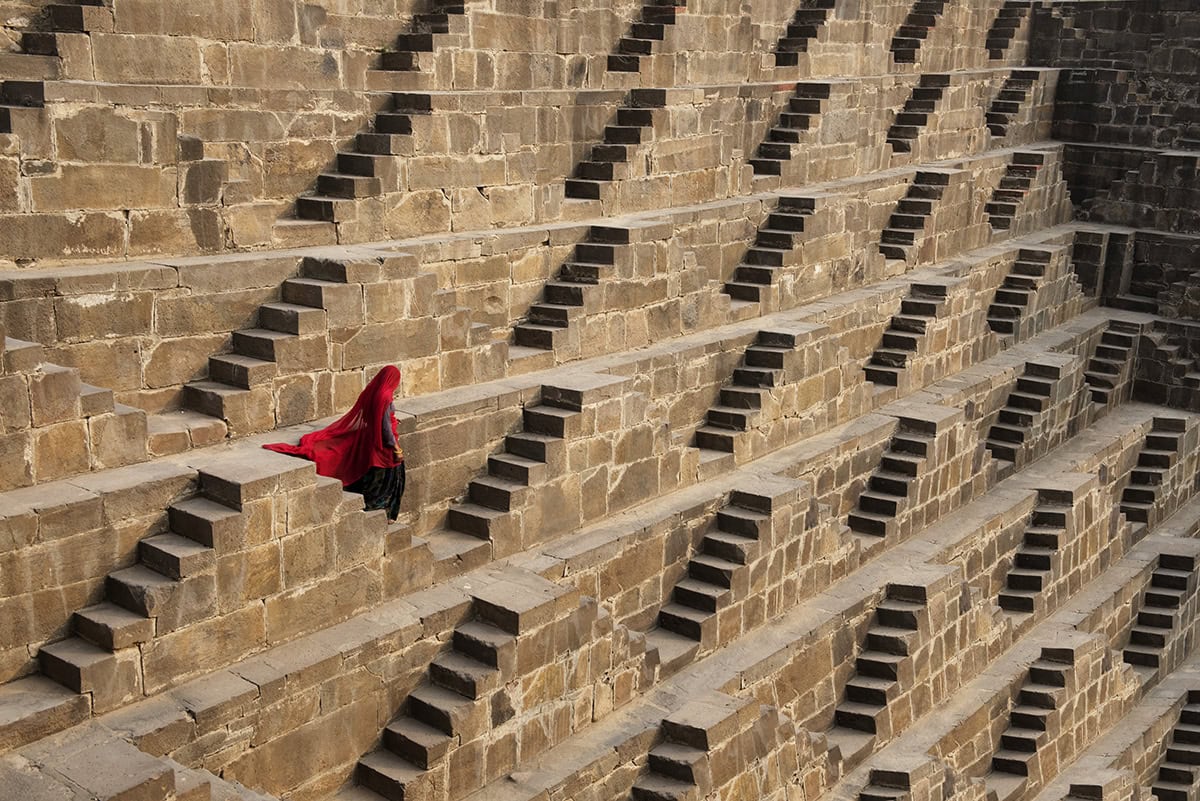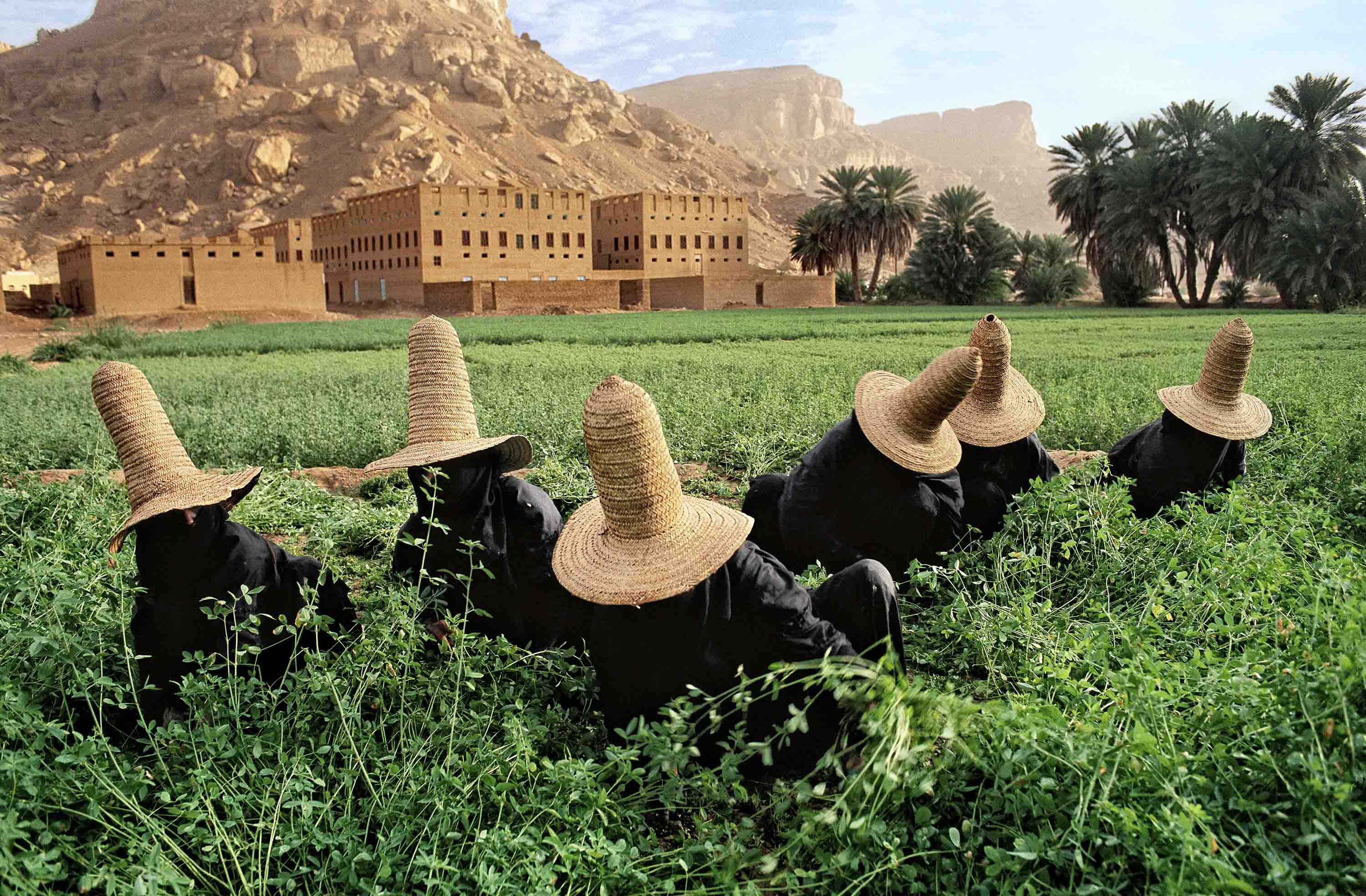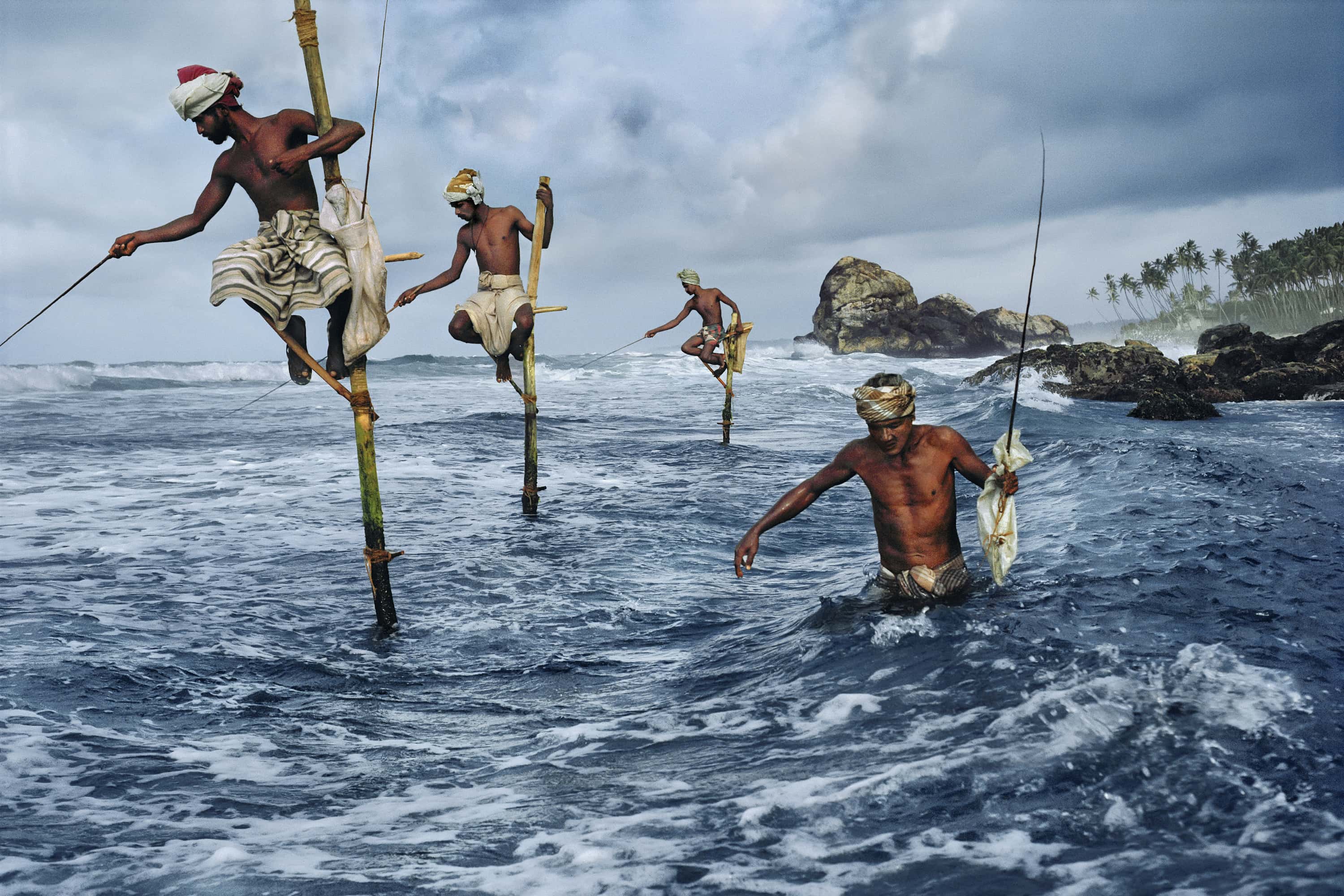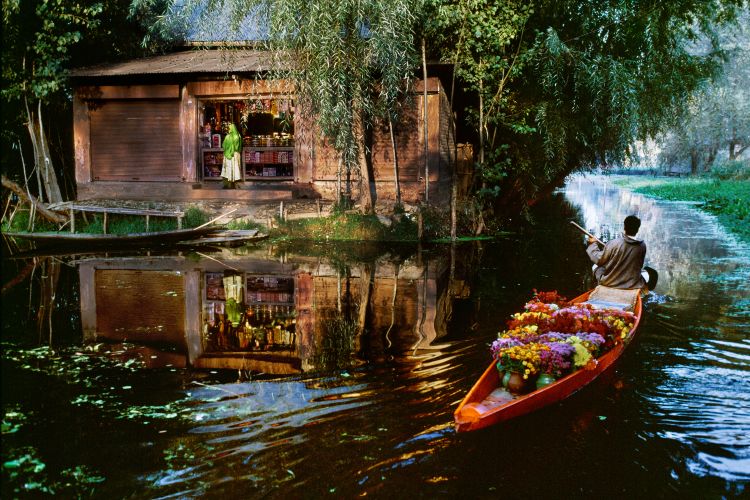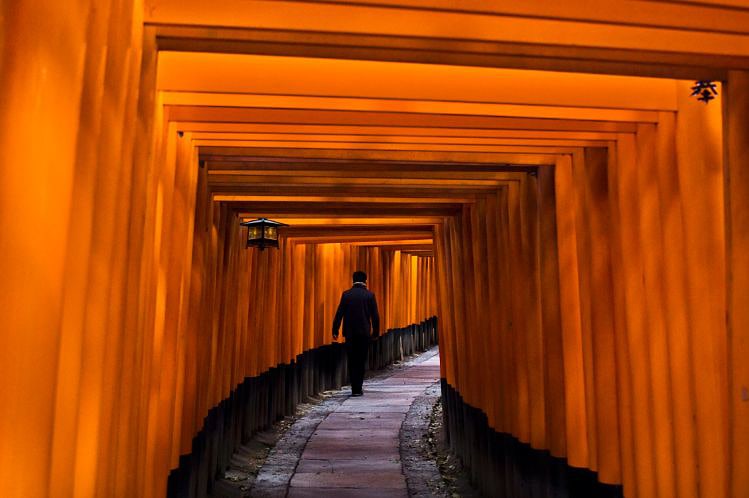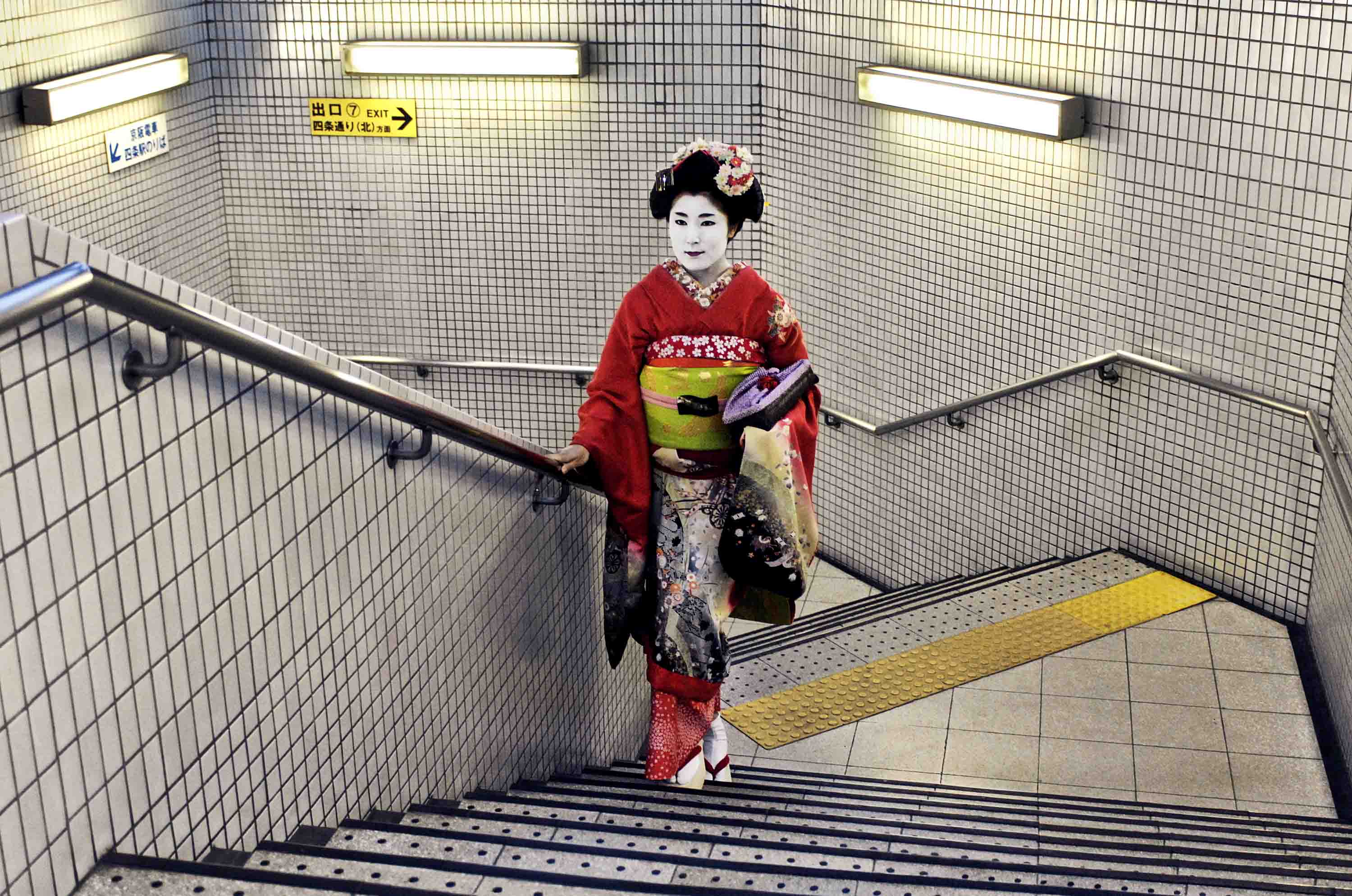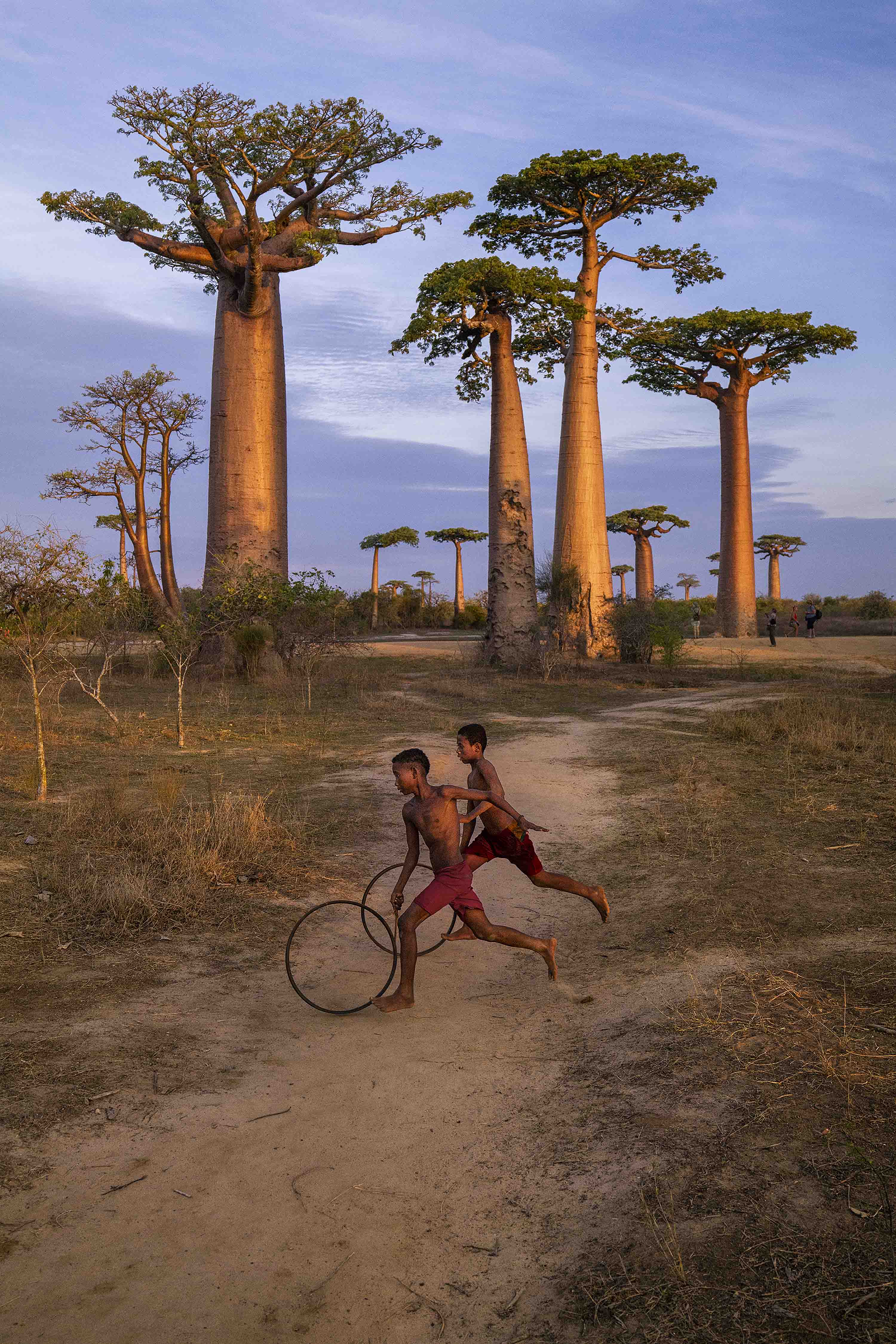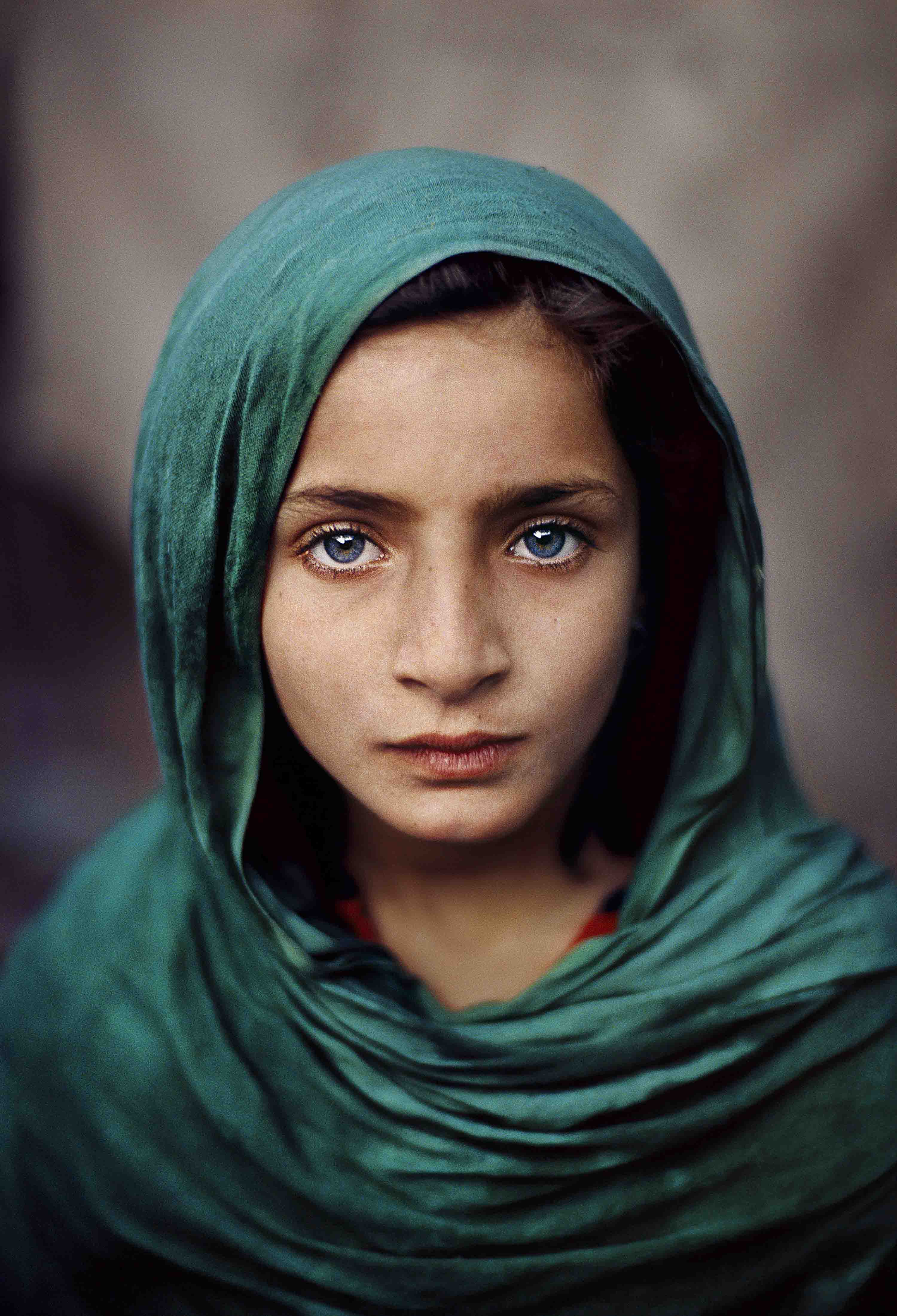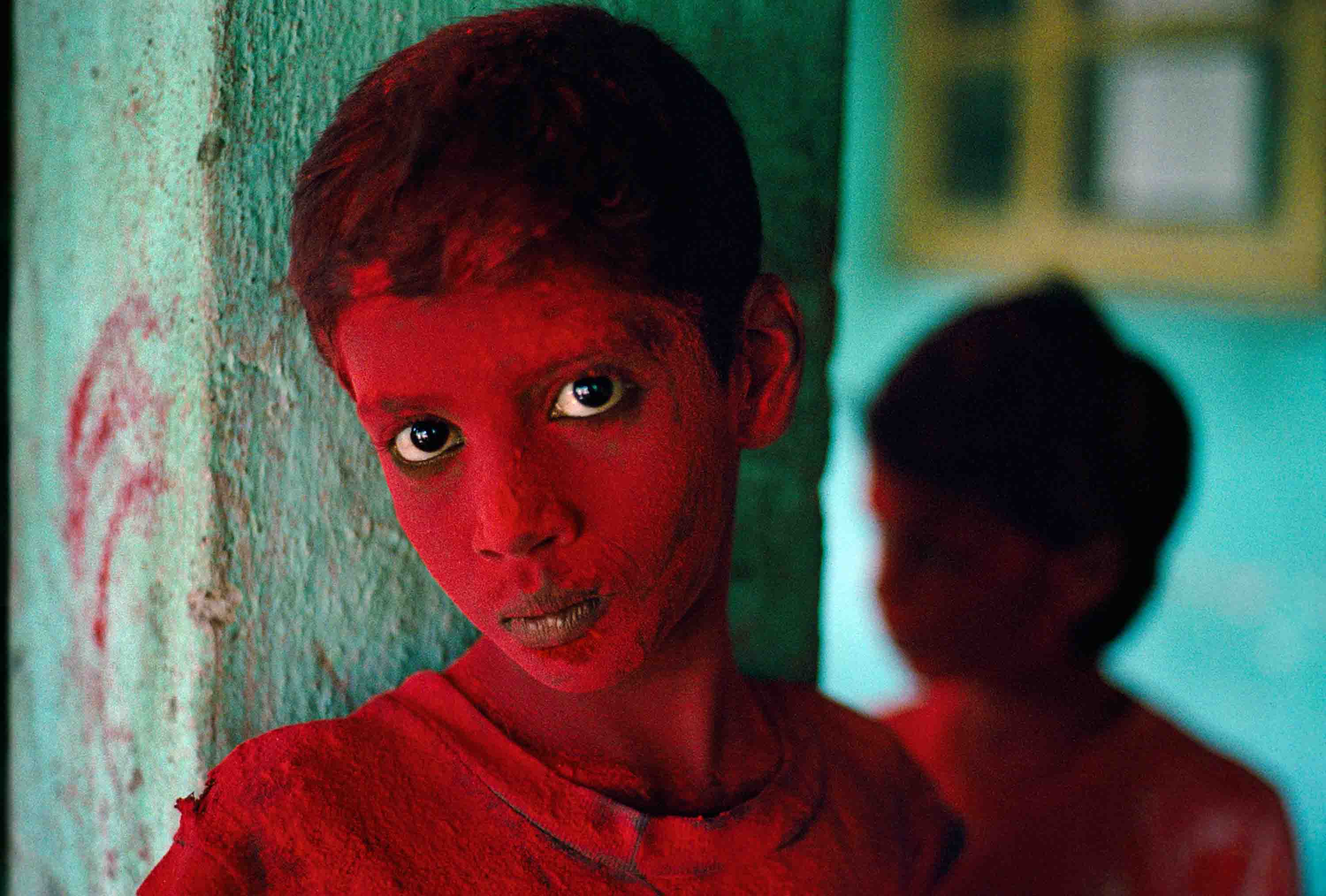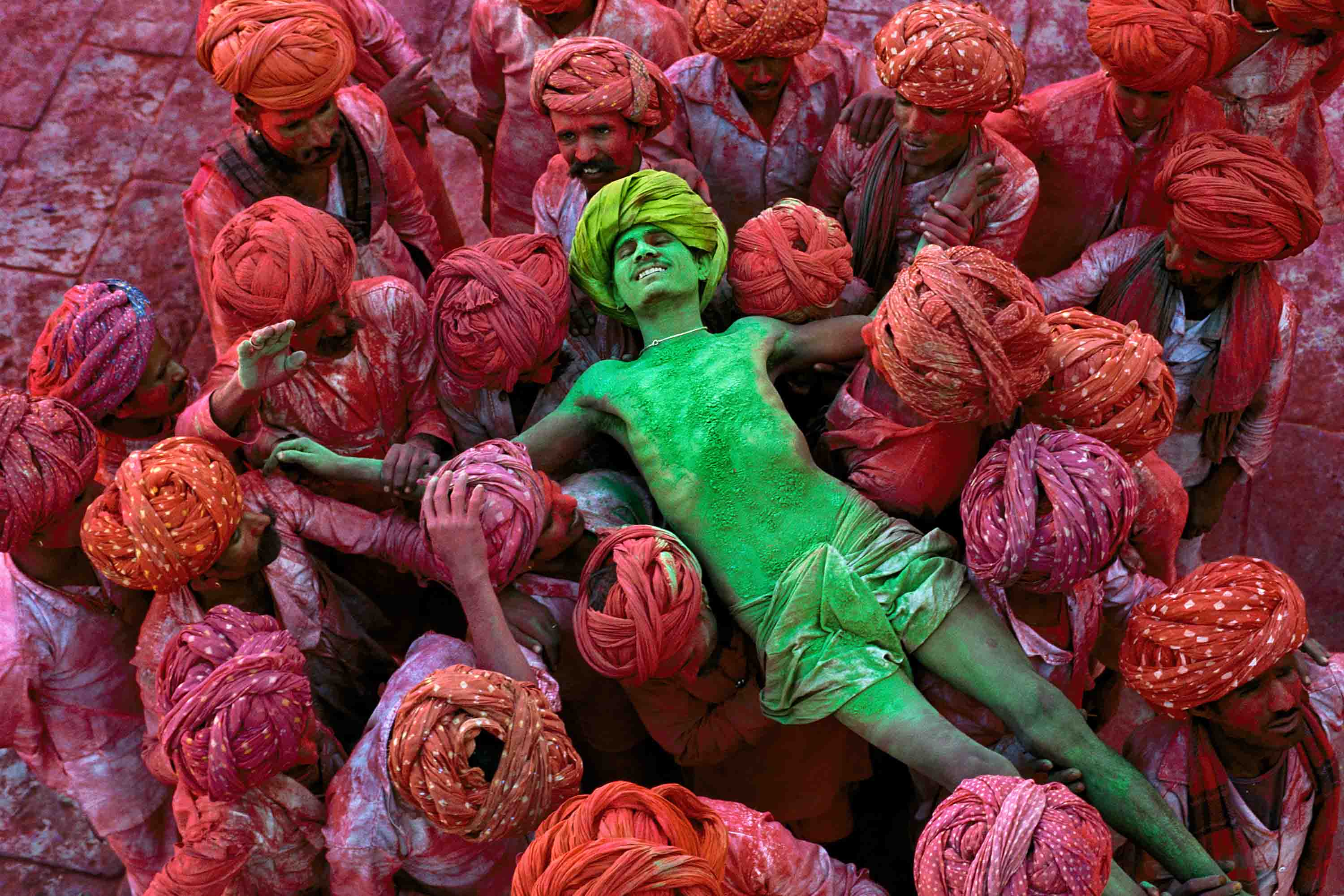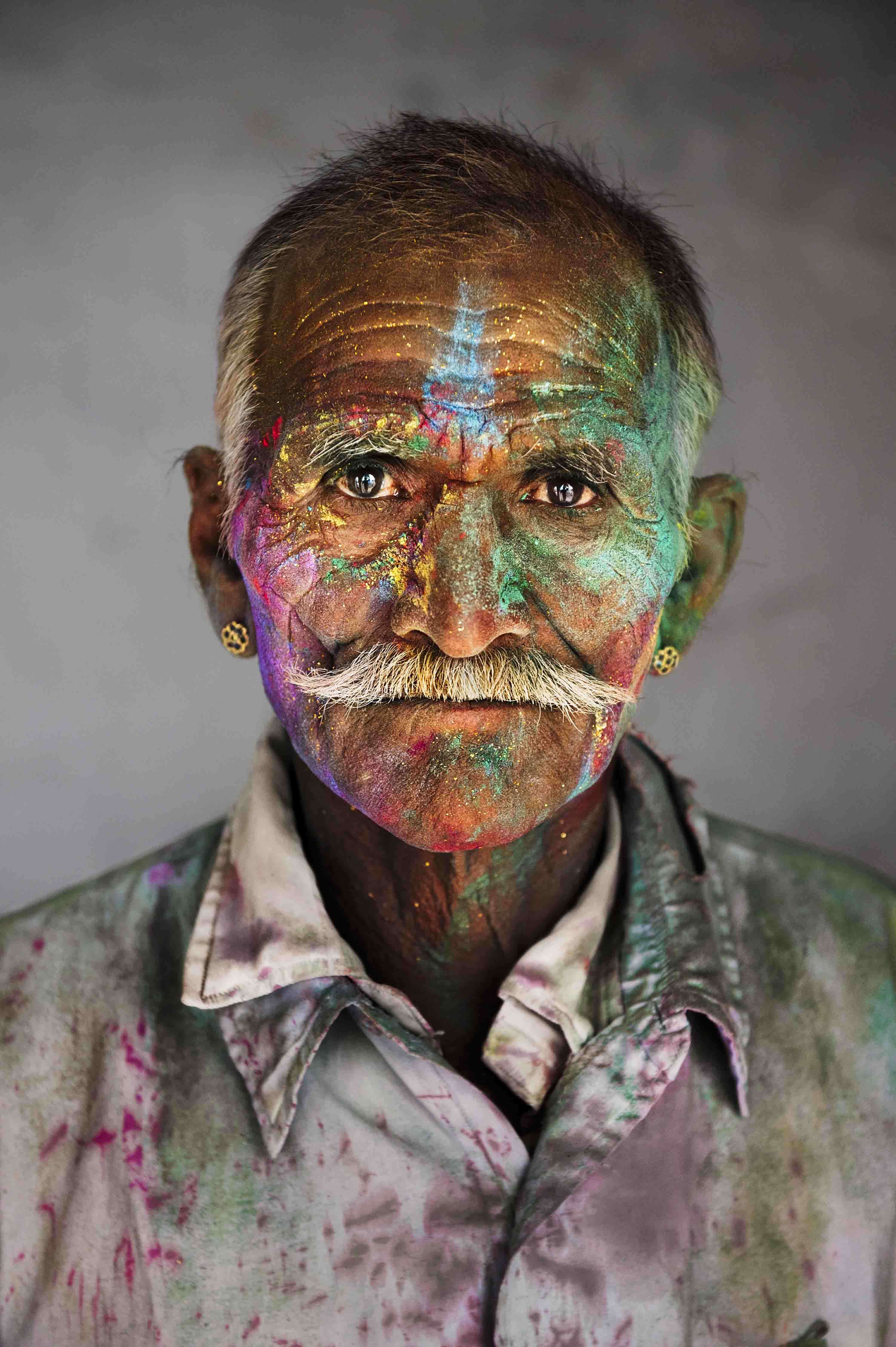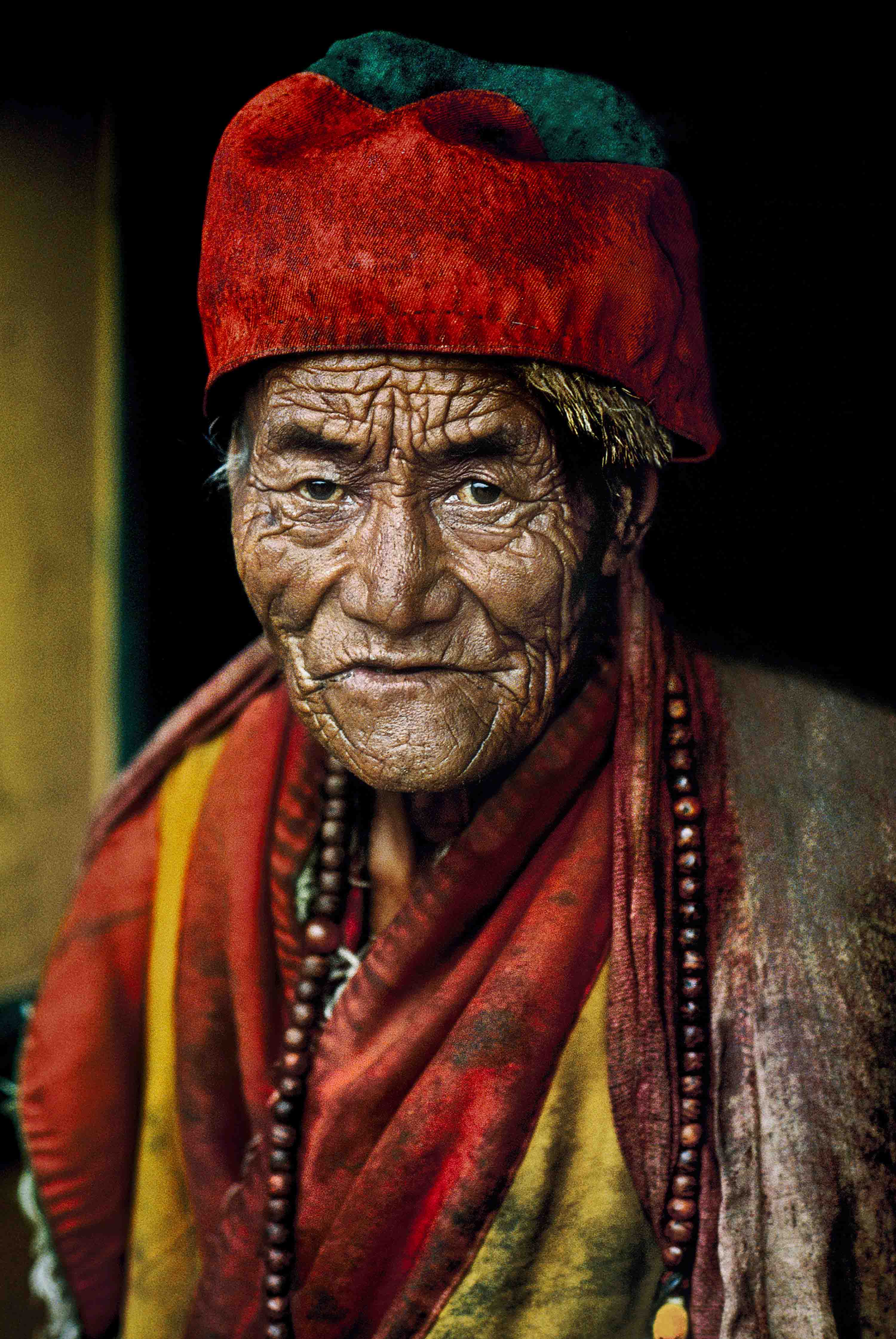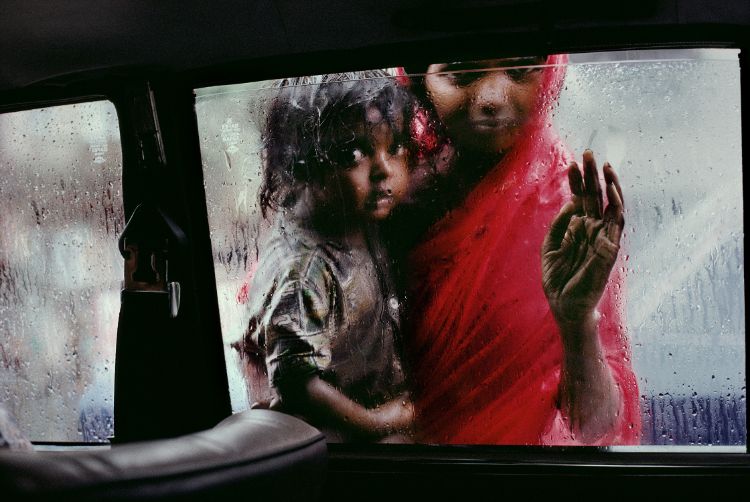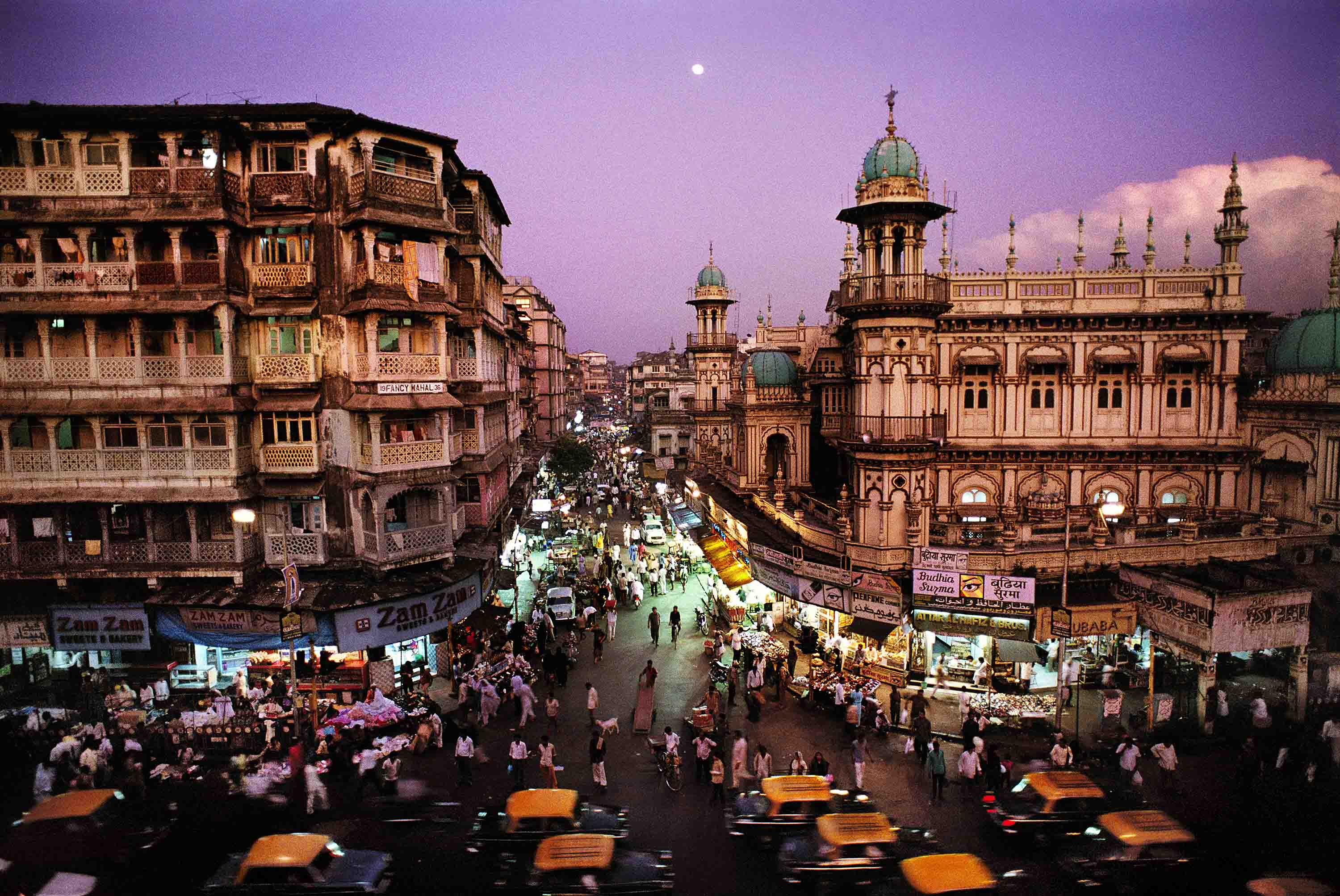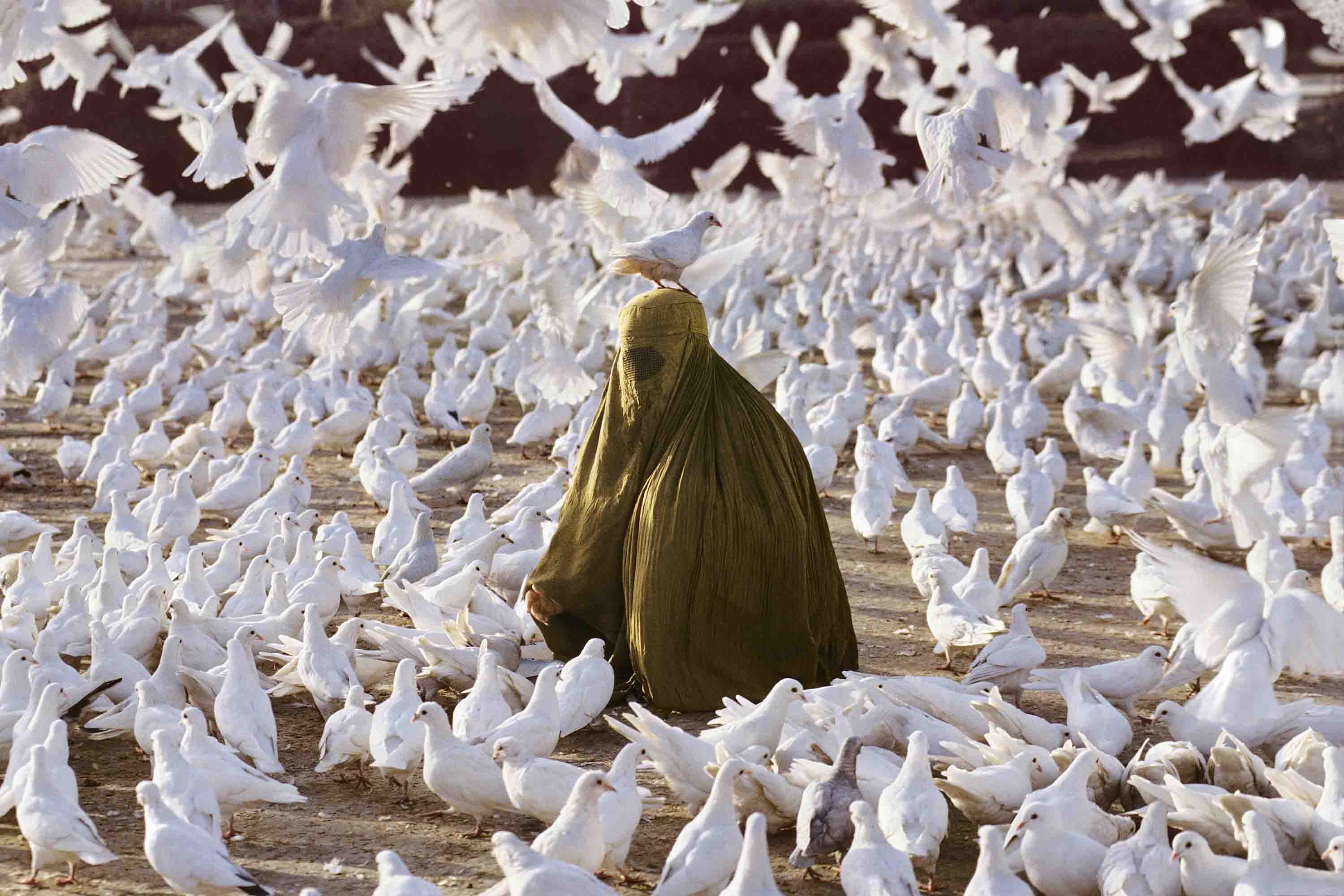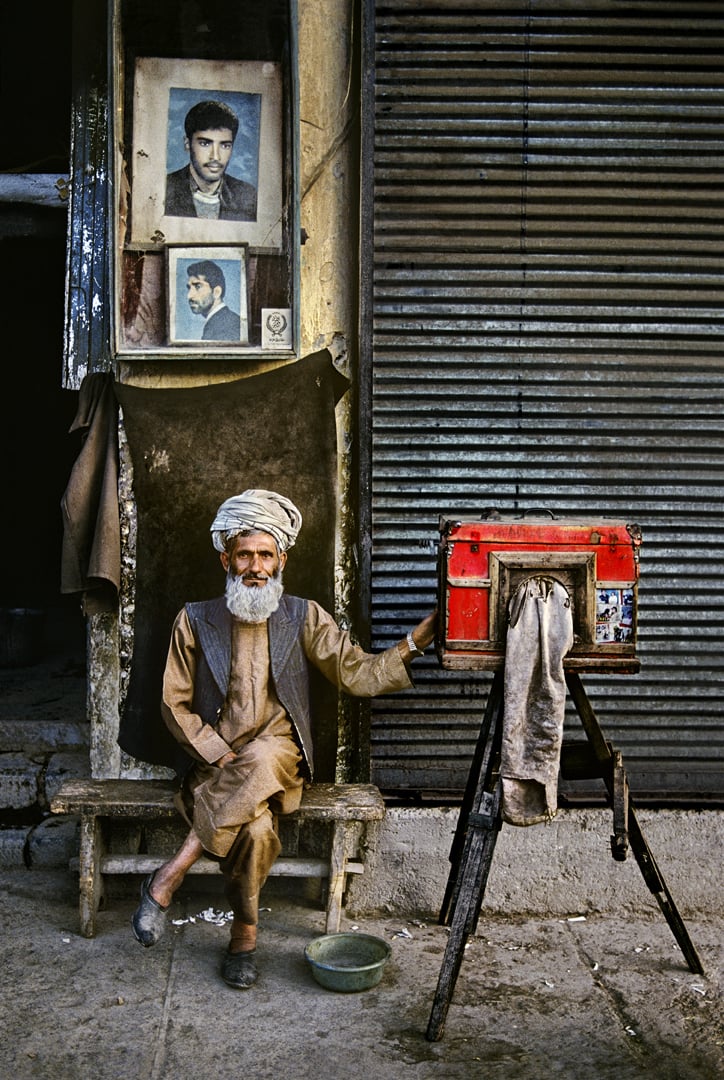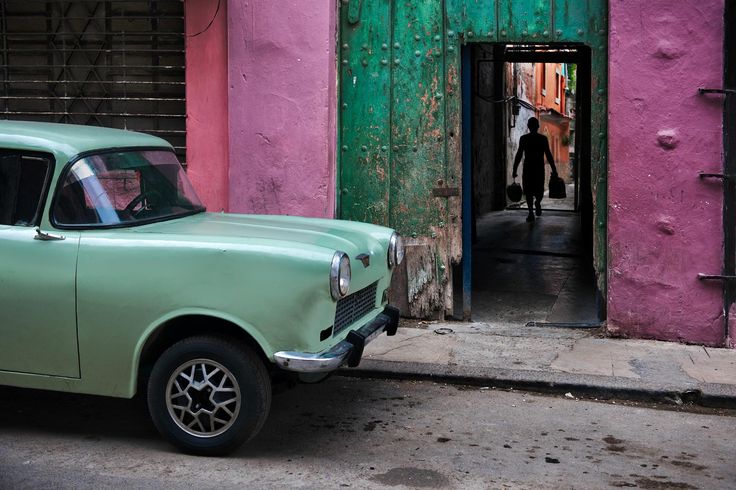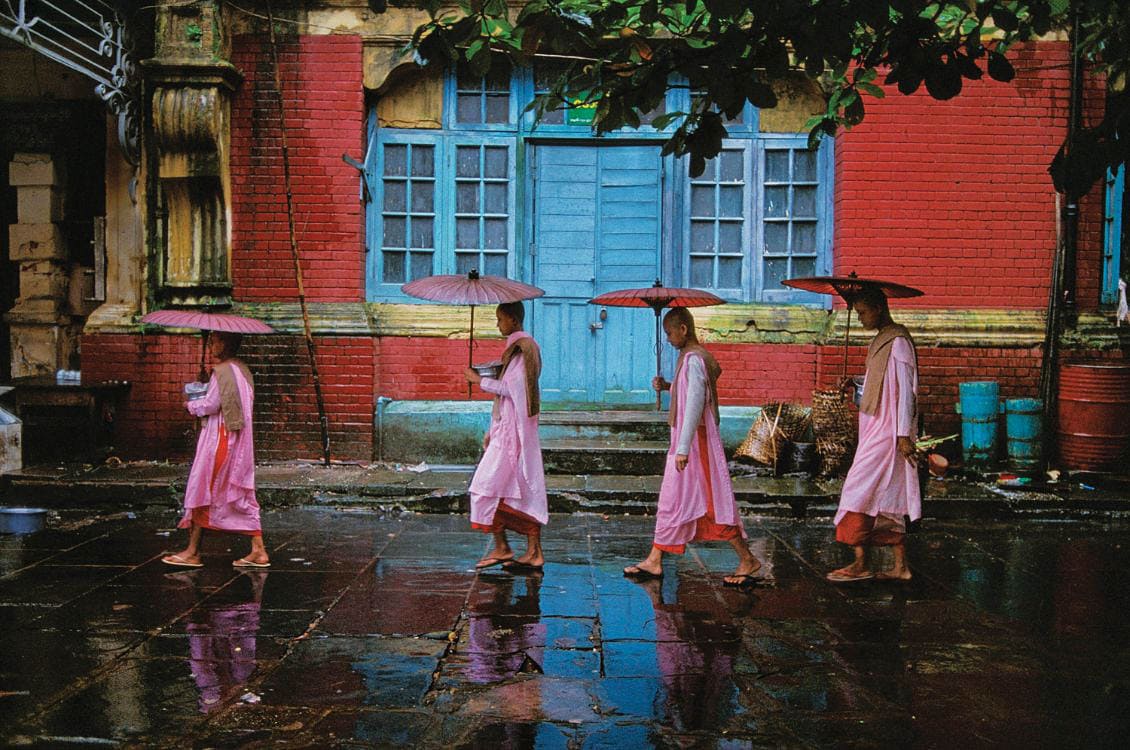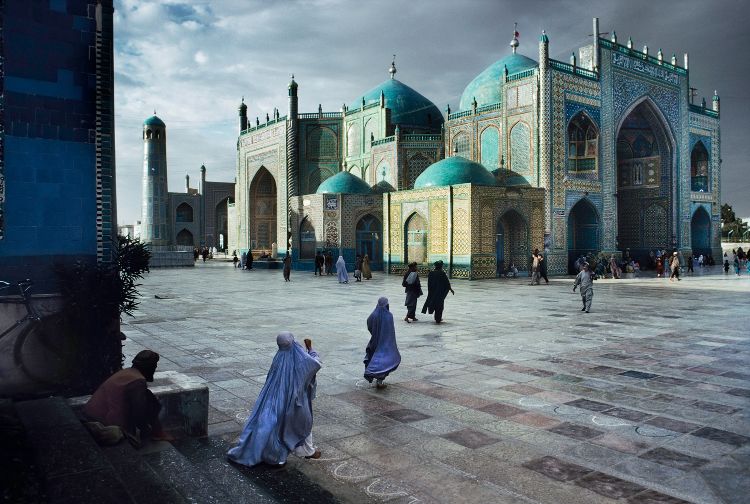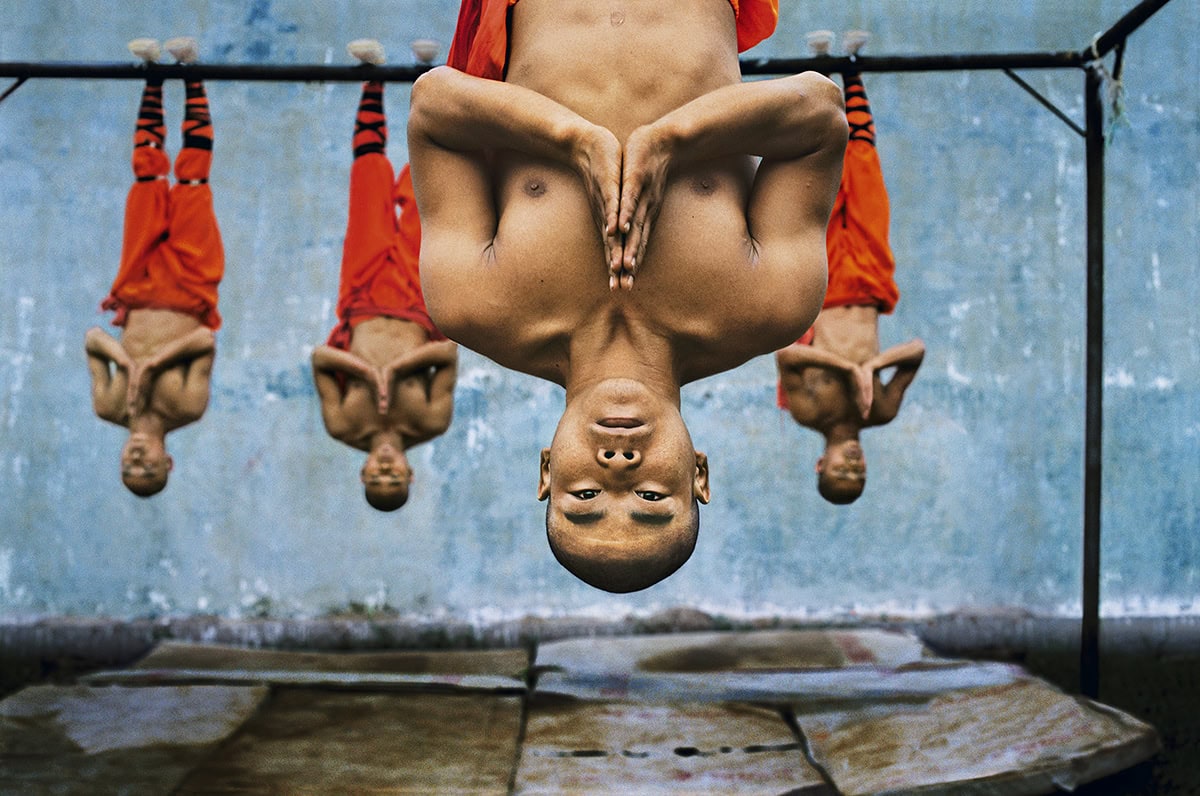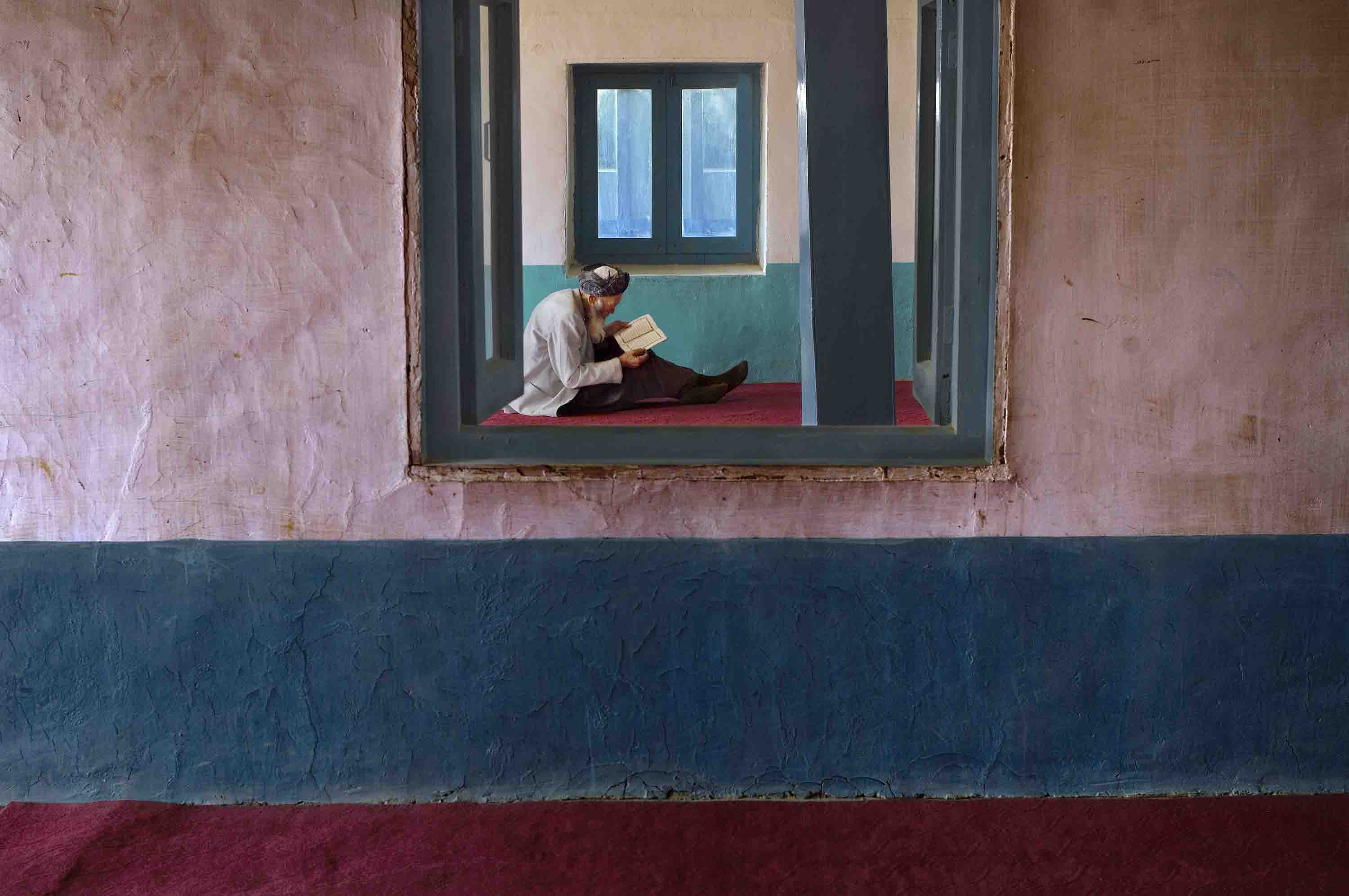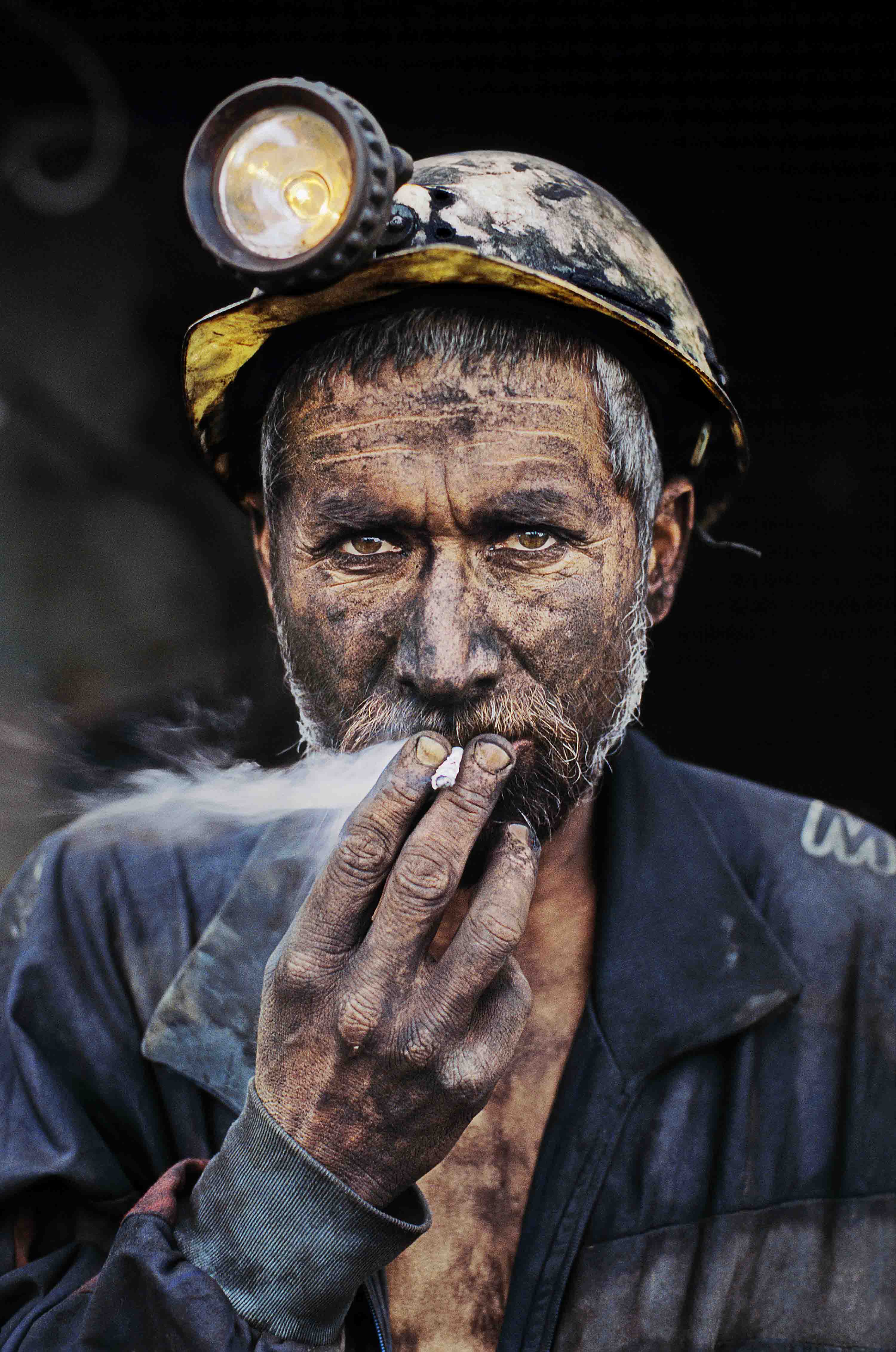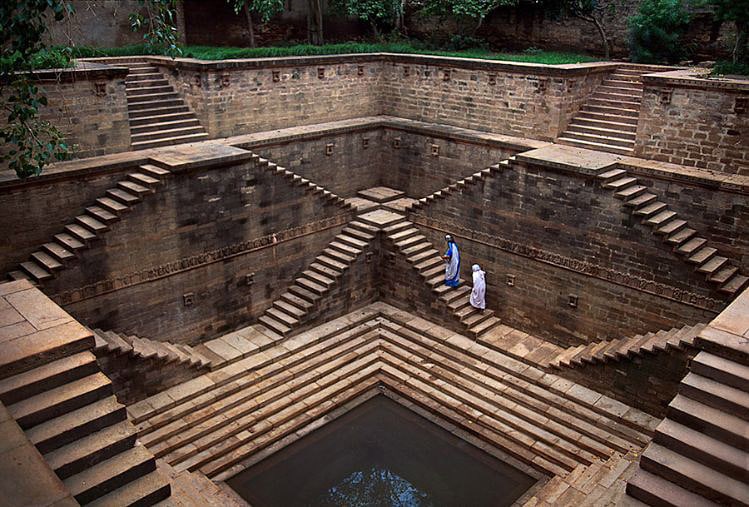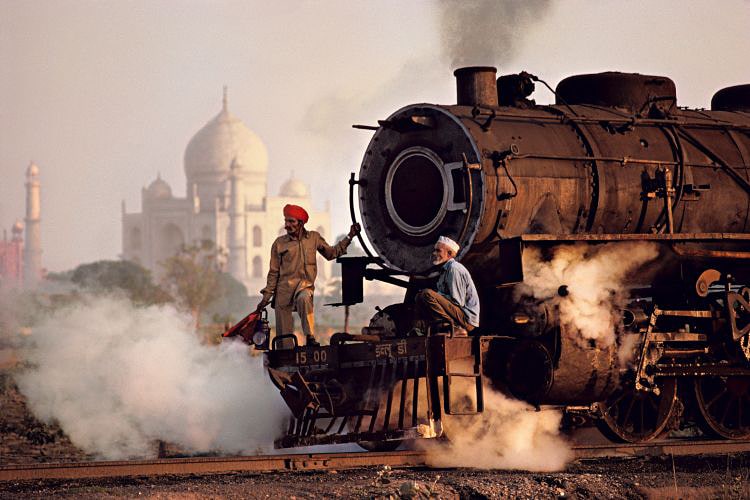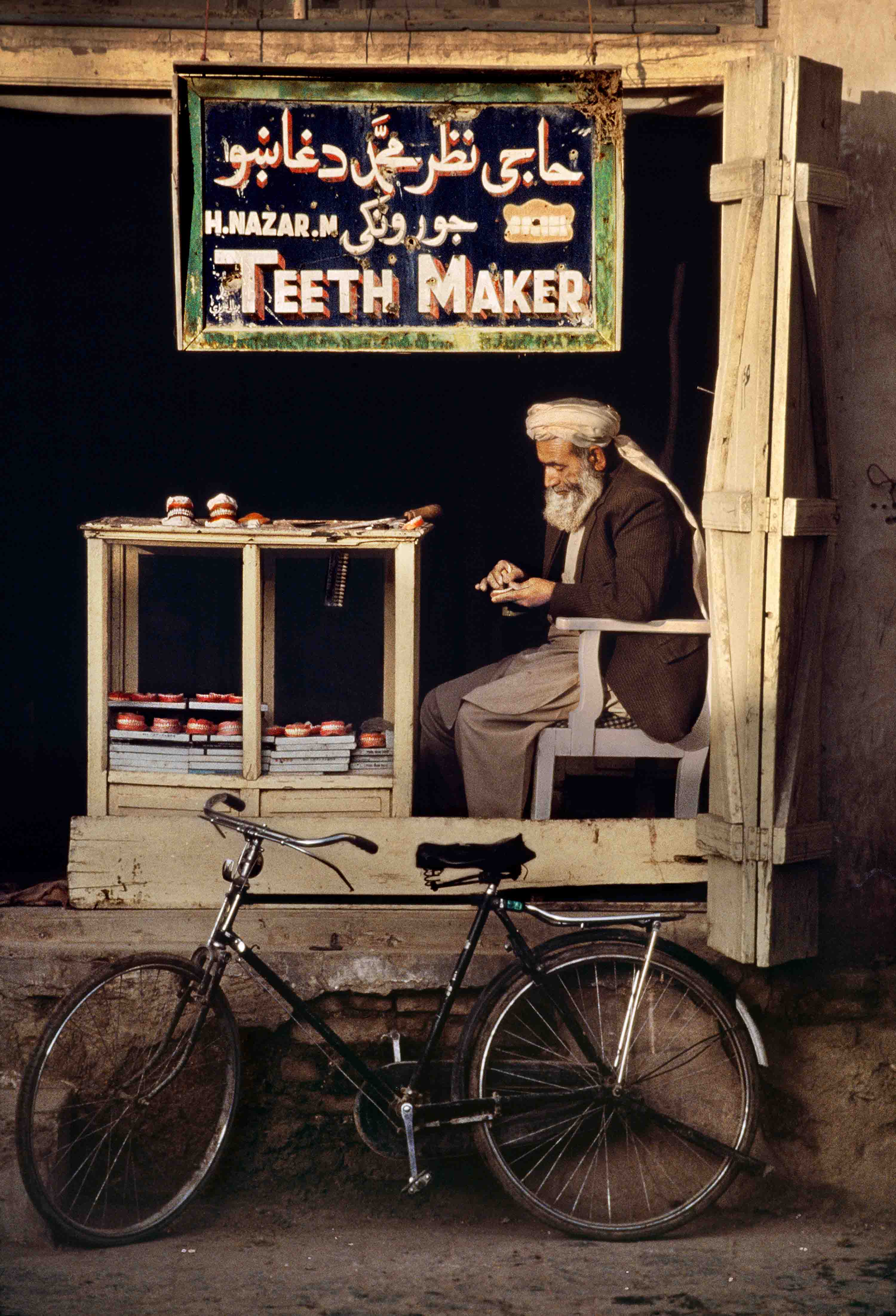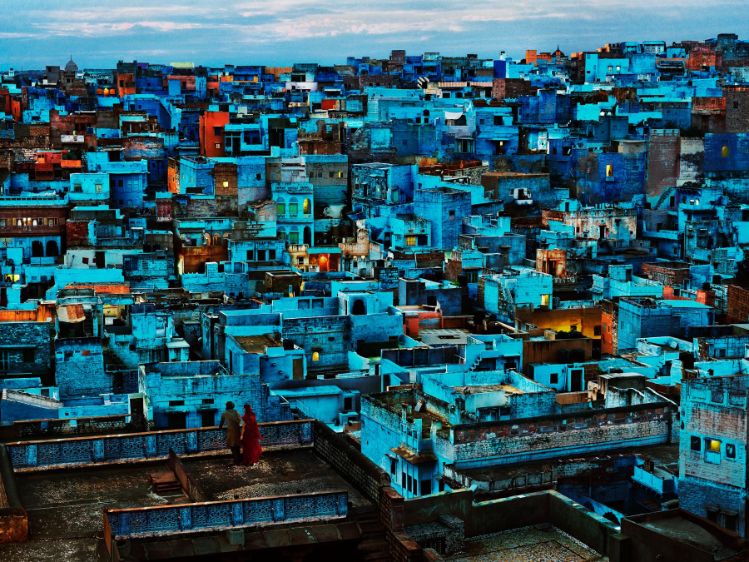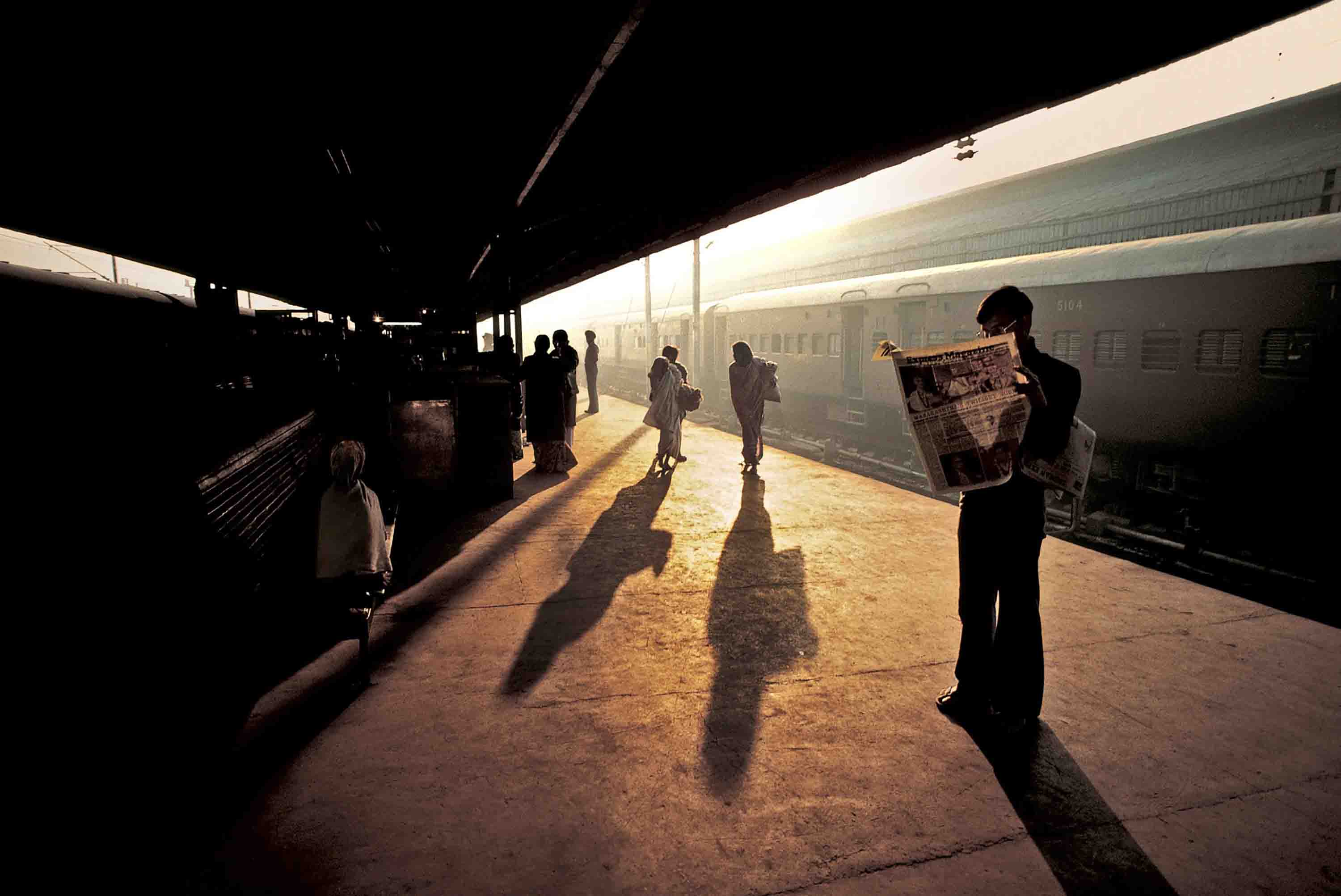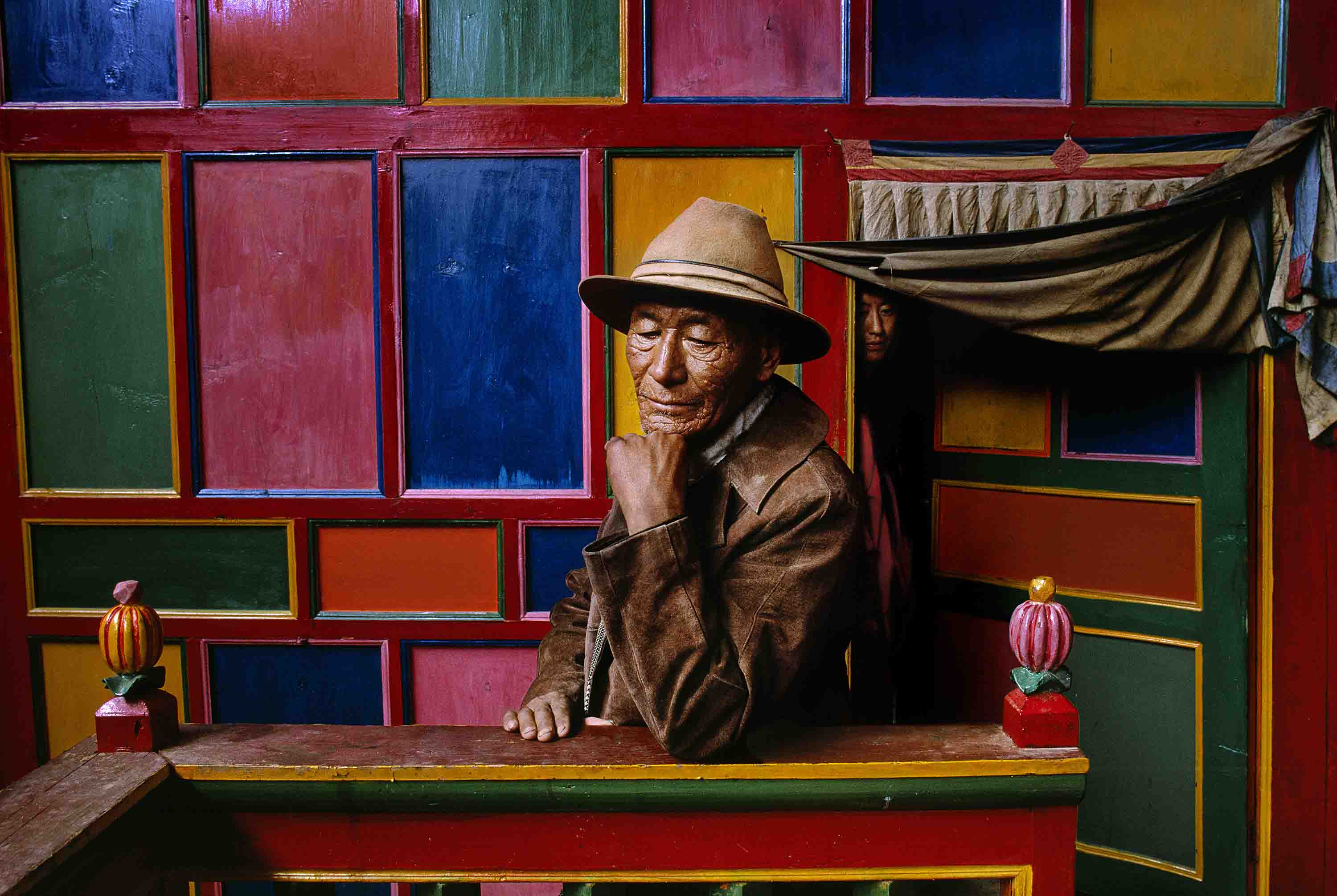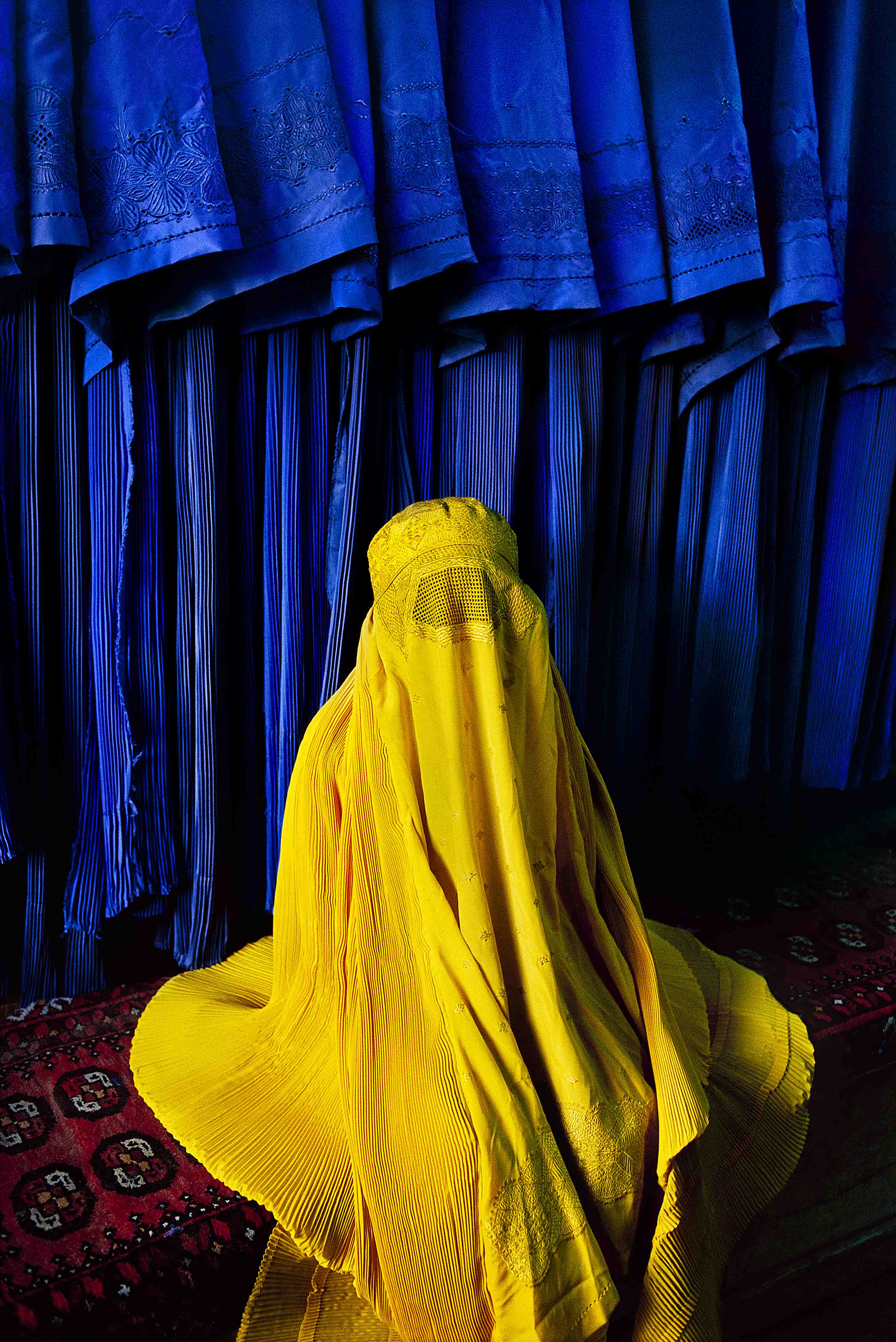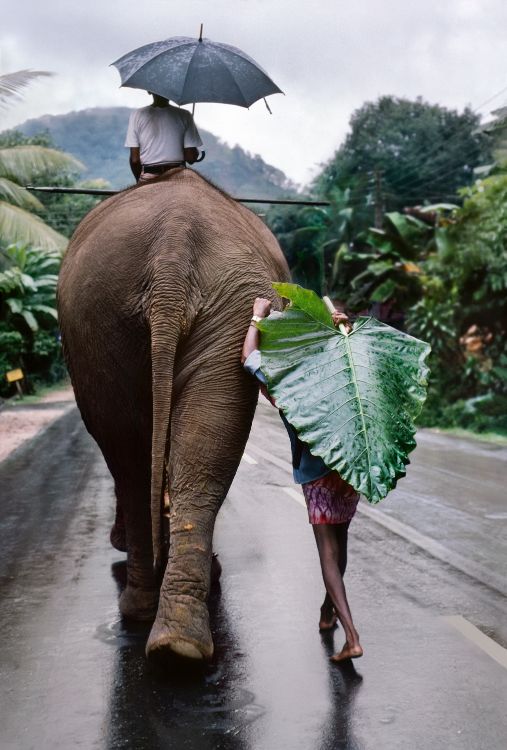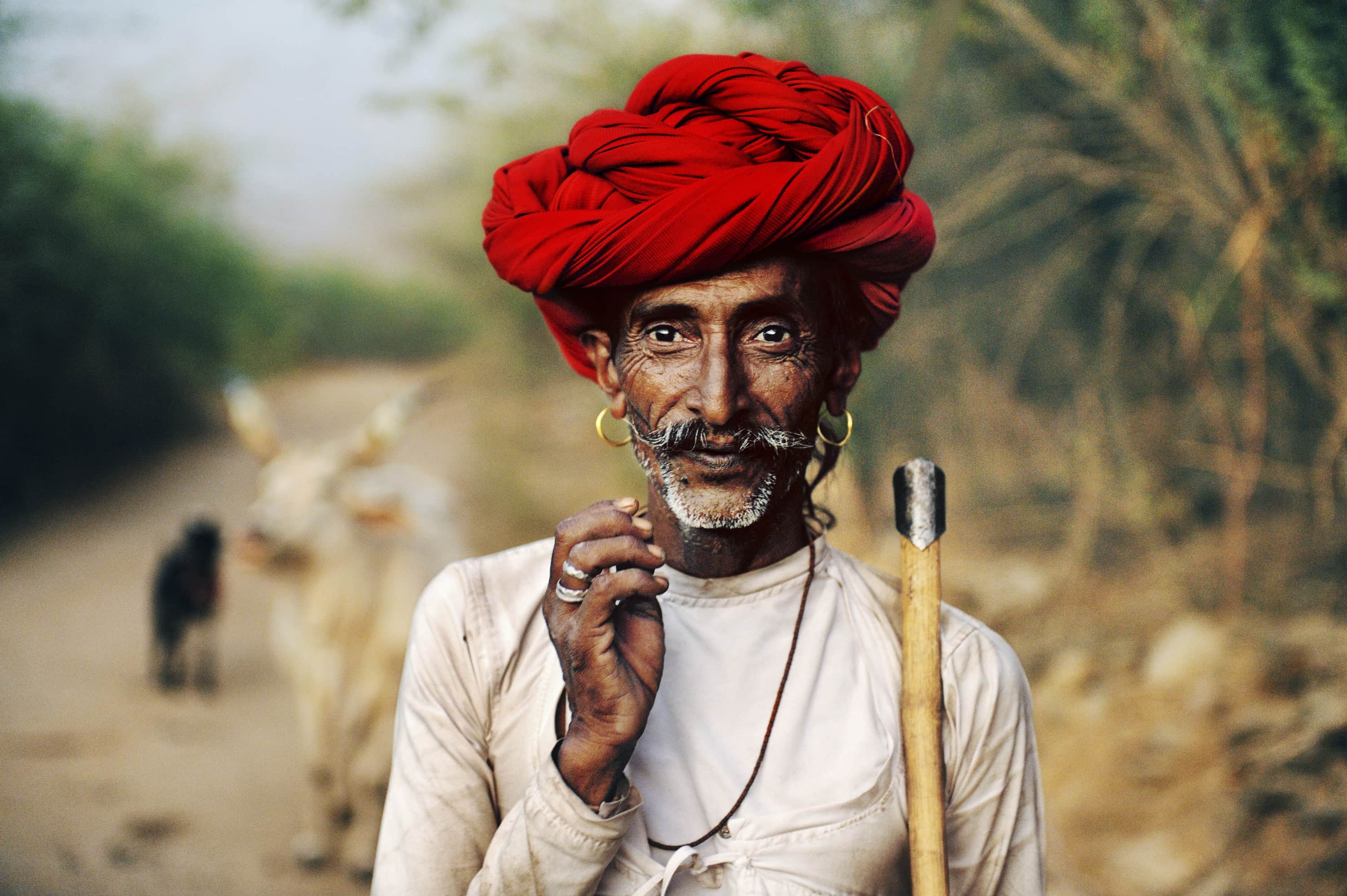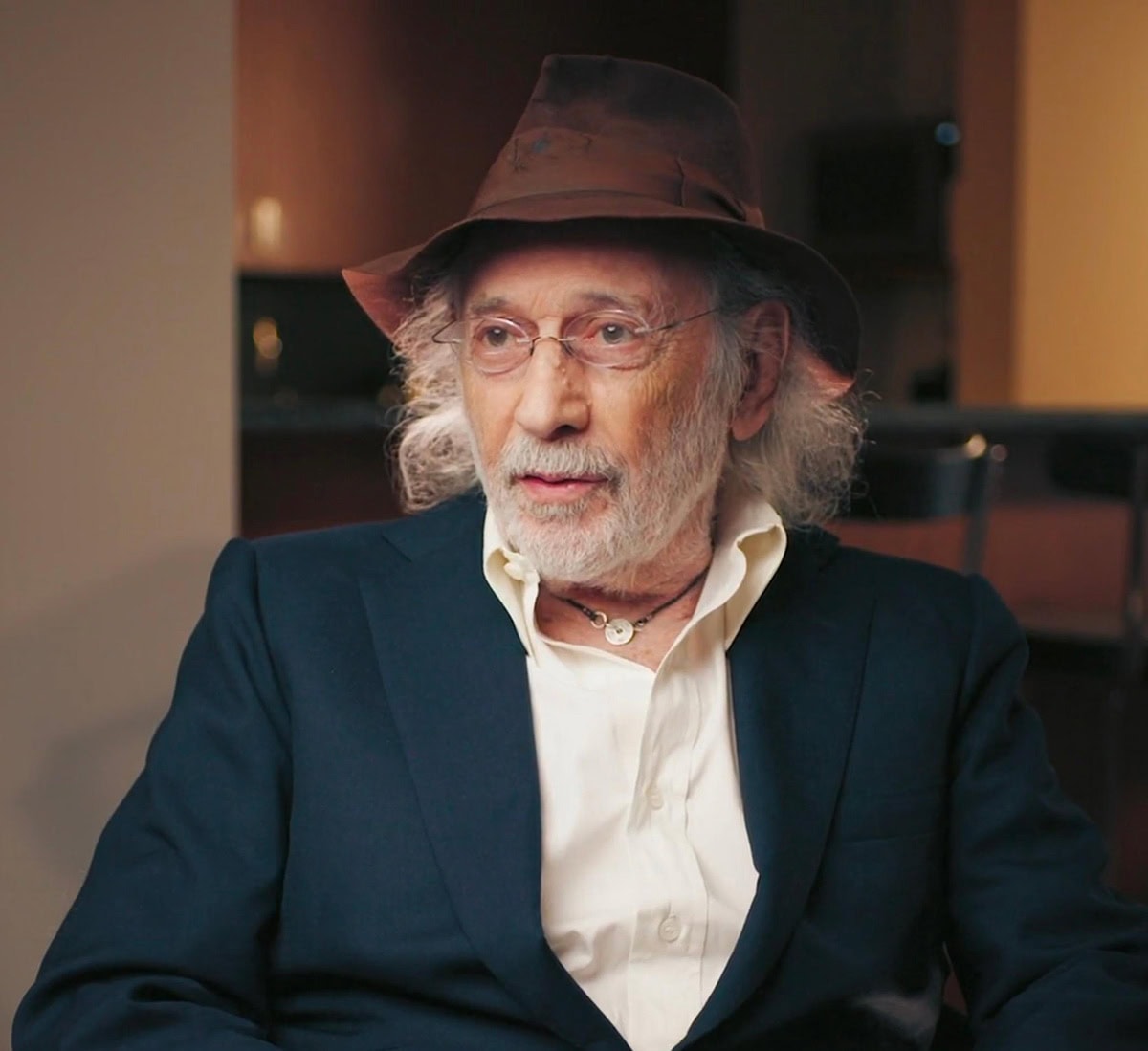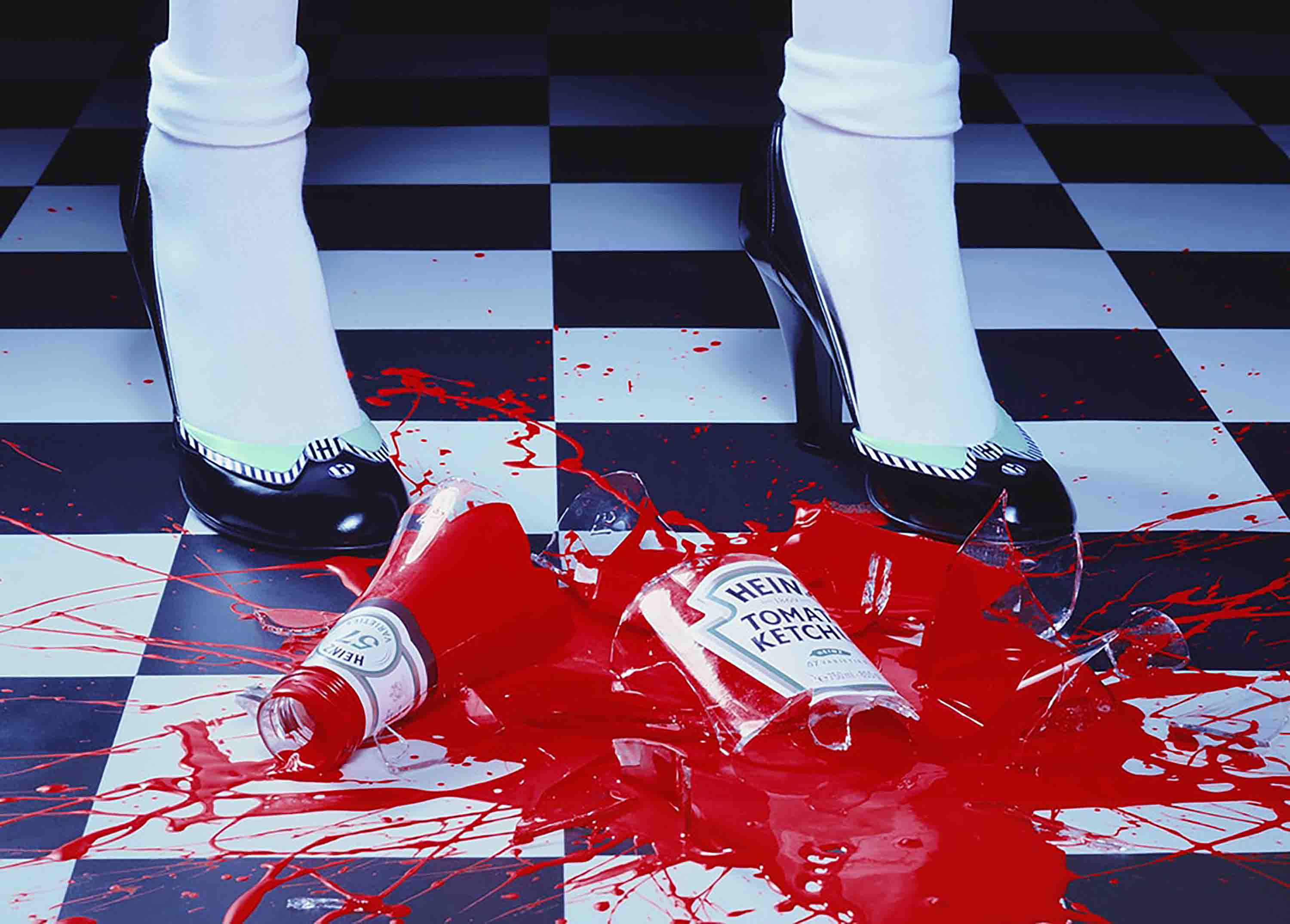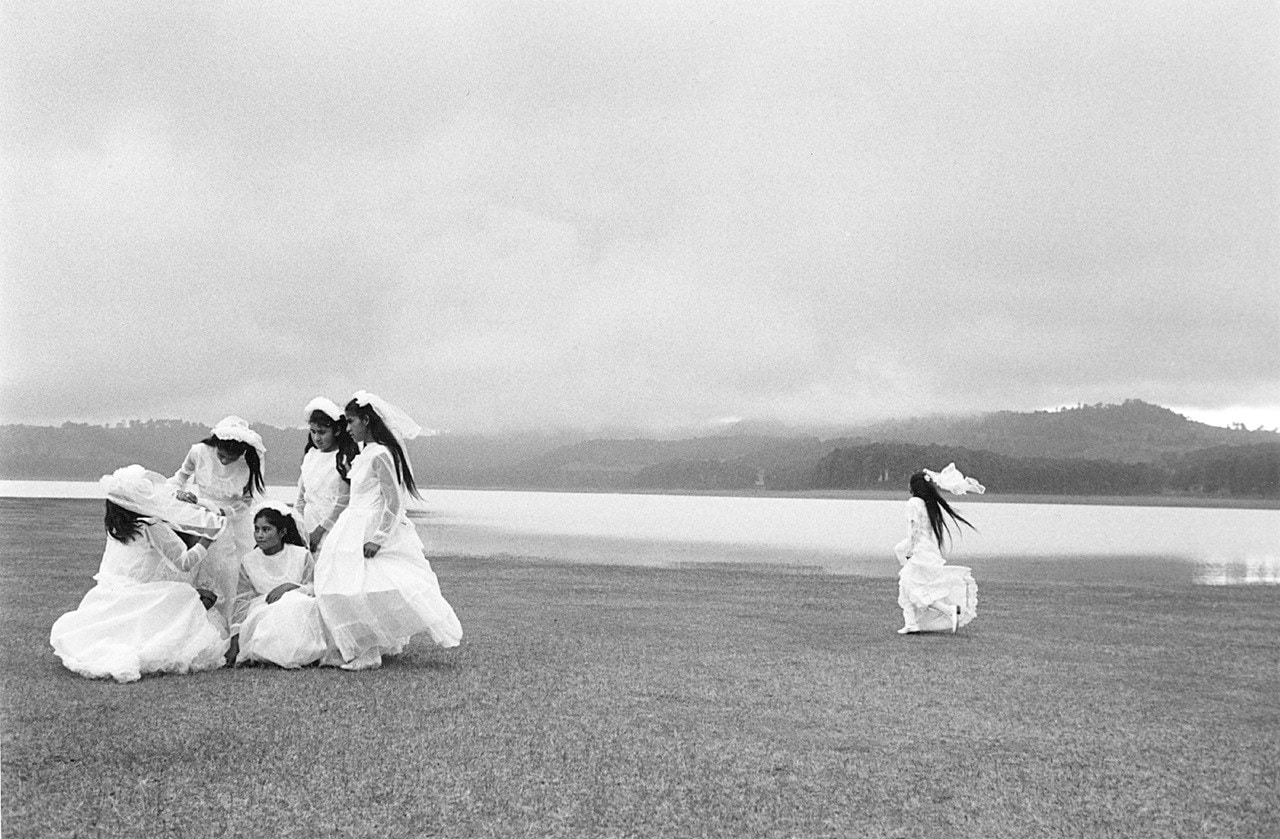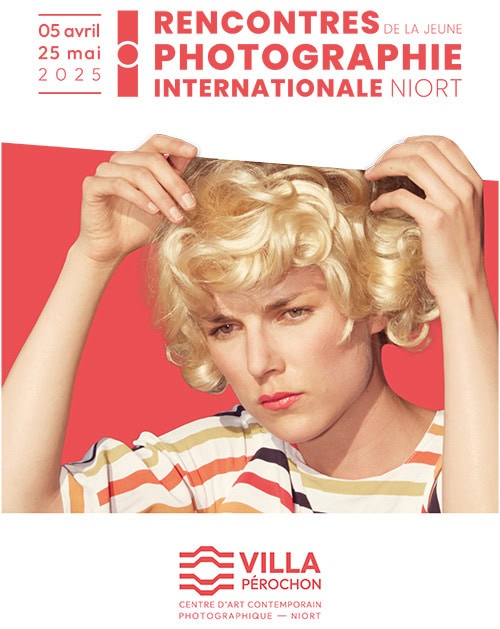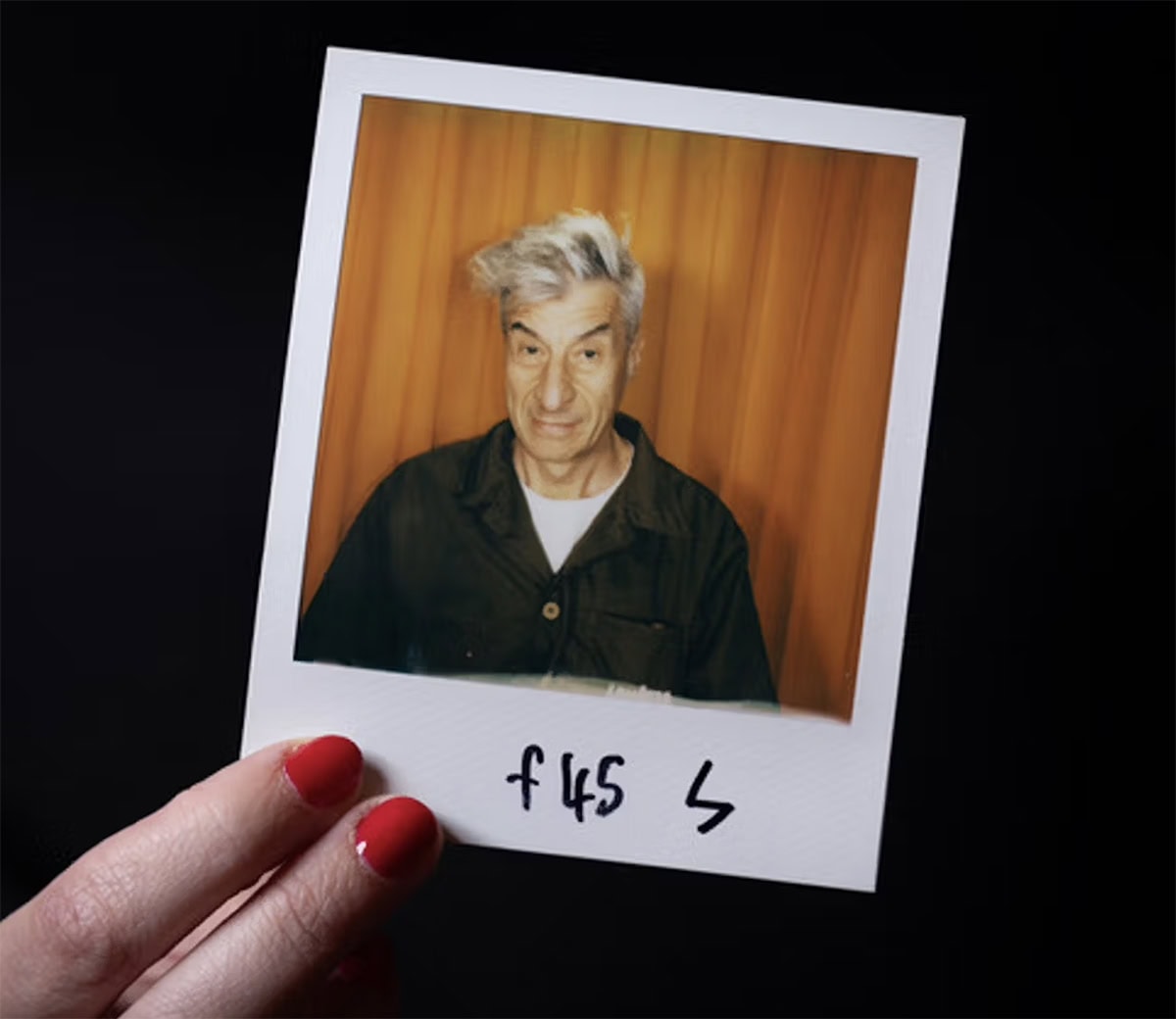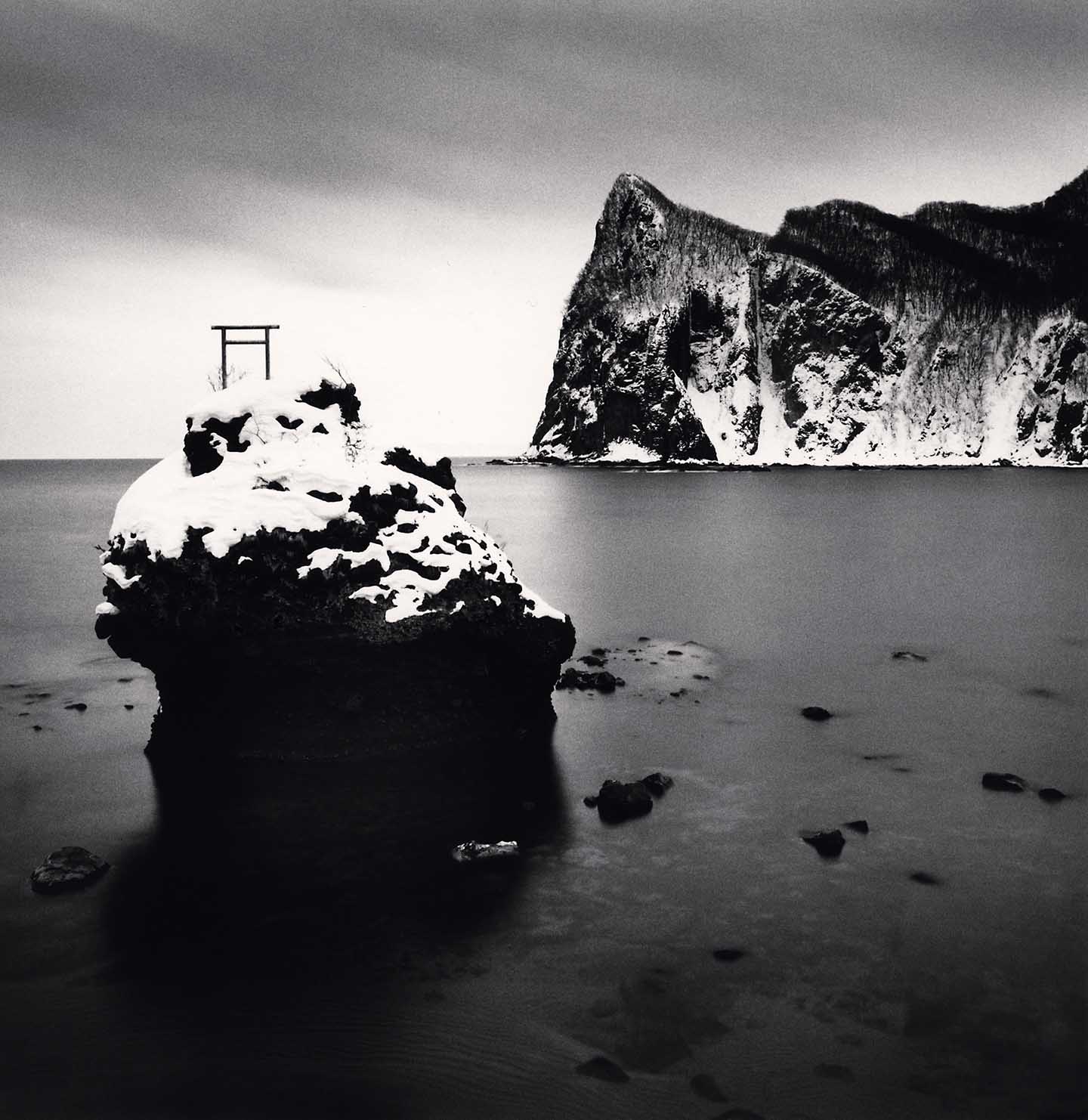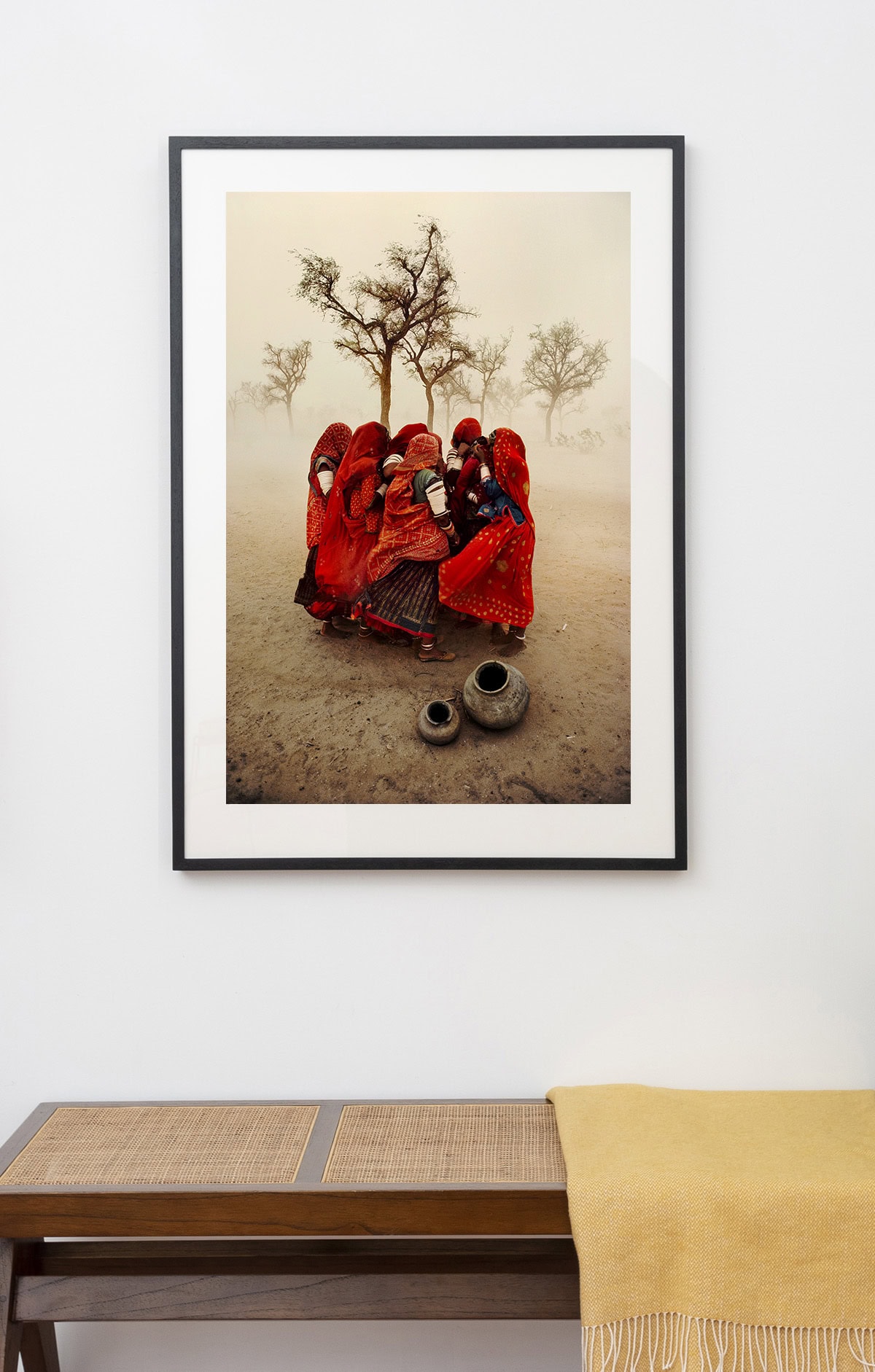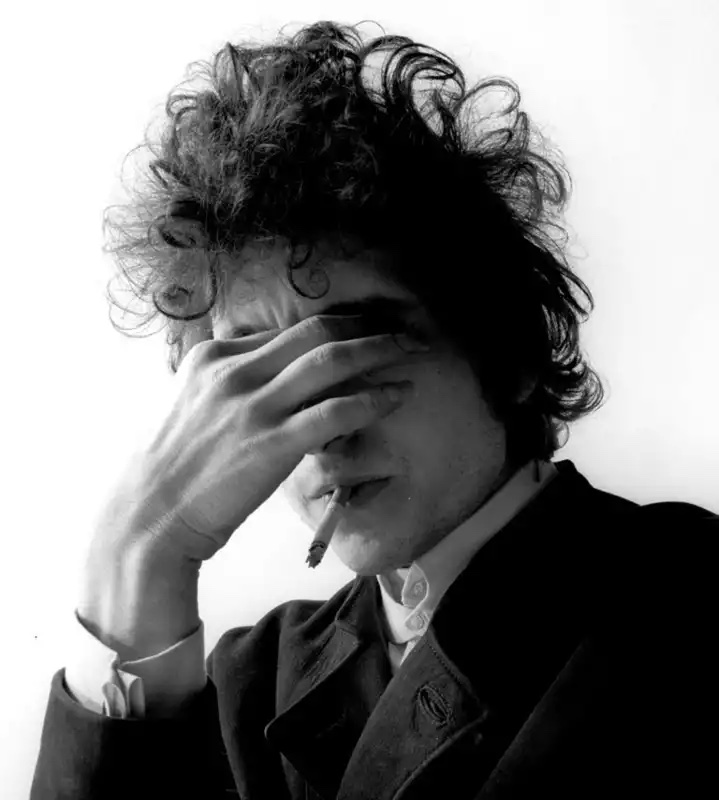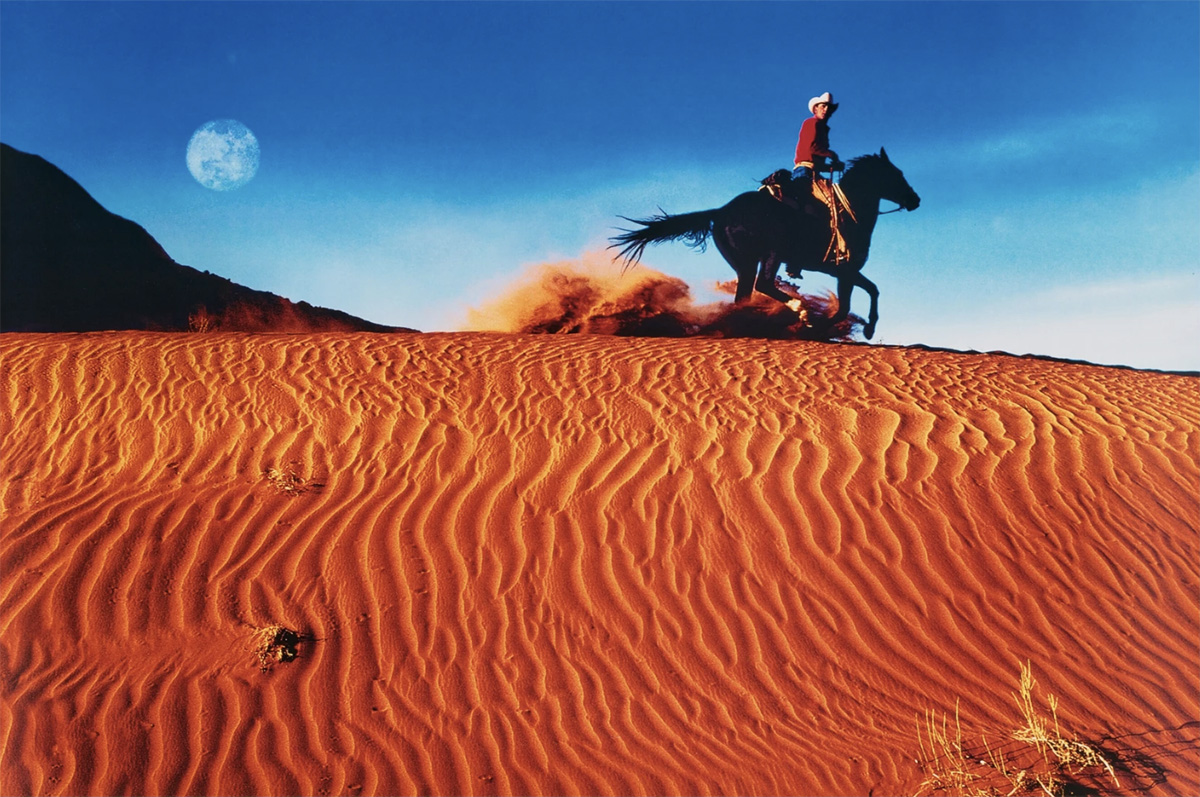Steve McCurry’s Iconic ‘Boy in Mid-Flight’ and The Decisive Moment
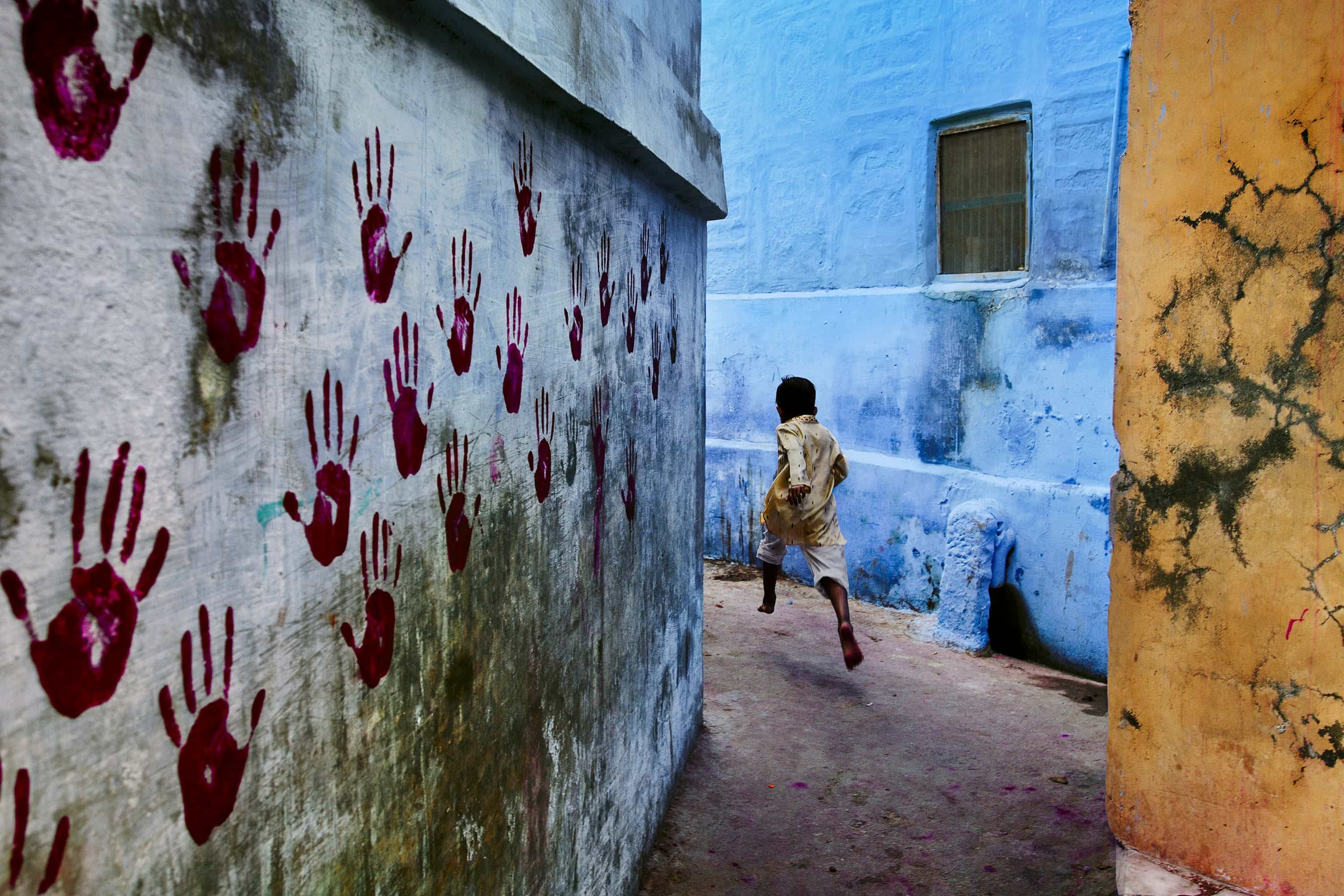
10th December 2021
The photographic influences behind Steve McCurry’s ‘Boy in Mid-Flight’ are not confined within the vibrant streets of Jodhpur, Rajasthan. In fact, the photograph’s influences hark back to the 20th century. More specifically, 1930s Paris through the lens of the great European master Henri Cartier-Bresson, and his prominent ideology of the ‘Decisive Moment’.
Published in 1952, Cartier-Bresson’s acclaimed book defined modern photojournalism, shaping the collective consciousness of many generations of photographers. The Decisive Moment is transitory, captured spontaneously, yet expressing the very essence of a situation. Each element of a ‘decisive moment’ image instinctively unites in perfect resonance to depict the fleeting flow of life. These precarious elements include anticipation, uncertainty, candidness, action, and a harmonious composition almost impossibly coming together to reflect the raw and emotional human condition. Cartier-Bresson explains that to take photographs “is to hold one’s breath when all faculties converge in the face of fleeing reality”. To the photographer, this moment is a “great physical and intellectual joy”. Indeed, Cartier-Bresson was known for his agile ability to take photographs undetected. He often wielded his camera discreetly, embedding his own presence within the scenes he sought to capture.
Cartier-Bresson’s 1932 image, ‘Behind the Gare St. Lazare’, is widely accepted as a quintessential representation of the Decisive Moment, later influencing McCurry’s own artistic production. Compositionally, ‘Behind the Gare St. Lazare’ holds visual elements that resonate with each other in perfect harmony. Vertical lines dominate the image, mimicked in the fence, ladder, and poles at the top of the building pictured. So too, organic circular forms are repeated throughout the discarded pieces of metal, pile of pebbles, and ripples in the puddle. In terms of contrast, light and dark balance cohesively throughout the image, wrapping the centre of the photograph in a dark band, with sheafs of light spilling out from either side. The expanse of glistening rainwater reflects a scene seemingly bending in on itself, concentrating the busiest elements of the image within the middle of the picture plane. In a display of action that could only be unplanned, the central figure’s jump echoes the poster on the railing behind him in a spectacle of flawless symmetry. Most importantly, ‘Behind the Gare St. Lazare’ exudes an overarching sense of anticipation. Will the leaping man cause the puddle to splash as he makes impact with the ground? Or will he, by a feat of superhuman strength, manage to avoid the water? The viewer is left waiting for an answer, watching the man’s flight frozen in its process.

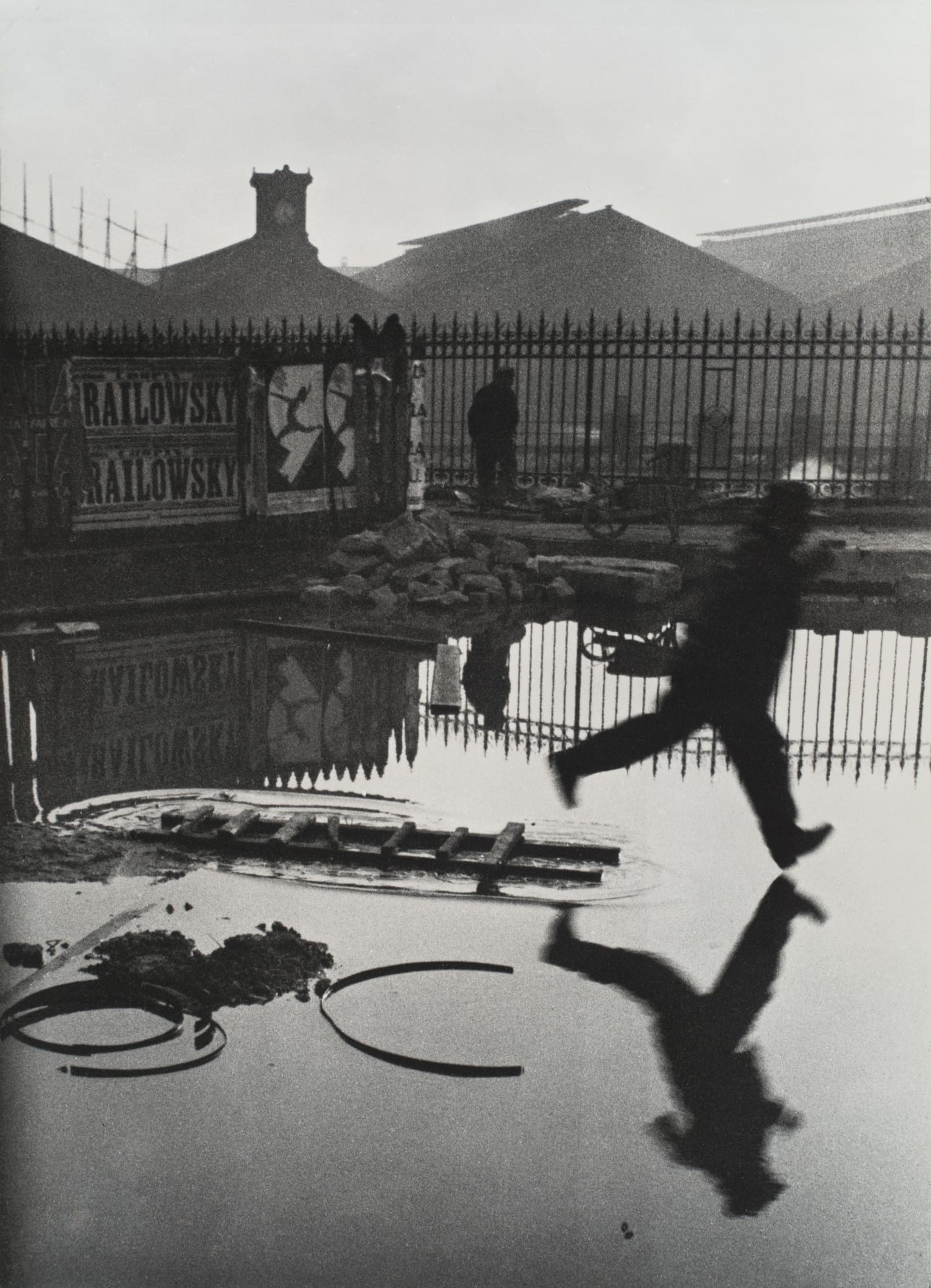
The original French title of Cartier-Bresson’s 1952 publication was aptly named, ‘Images à la Sauvette’, which loosely translates to ‘Images on the Run’. And while Cartier-Bresson’s ‘Behind the Gare St. Lazare’ depicts a man sweeping across the image in one deft movement; McCurry’s ‘Boy in Mid-Flight’ captures the transient moment of a boy hurtling, quite literally, through the air. Certainly, McCurry’s ‘Boy in Mid-Flight’ possesses all the components to be regarded as a successful representation of the Decisive Moment. The image is the antithesis to the manufactured or staged photography that Cartier-Bresson openly criticised with derision. Comprised of three closely nestled buildings, the photograph’s composition expertly tunnels one’s vision to focus on the young boy as he speeds onwards. The walls appear to close in, introducing a critical element of ambiguity to the image. Where is the young boy going? Will he manage to squeeze through the alleyway as the walls inch toward him? In anticipation of closure, one yearns to hear the soles of the boy’s bare feet slap the ground as he propels himself out of sight. Instead, he remains suspended within the photograph in an everlasting display of athleticism. With Cartier-Bresson’s ideology in mind, McCurry has successfully managed to capture an ephemeral moment so precisely timed that it will likely never repeat itself again.
The differences between Cartier-Bresson’s ‘Behind the Gare St. Lazare’ and McCurry’s ‘Boy in Mid-Flight’ are stark. One implements a monochrome palette, while the other favours dynamic colours. One is shot in portrait, the other in landscape. However, although the photographs were shot 75 years apart, in separate continents, they both encapsulate the very essence of the Decisive Moment. Both images prominently feature an obscured figure caught in movement. The figure in ‘Behind the Gare St. Lazare’ is shadowy, blurring as he jumps across the frame. So too, ‘Boy in Mid-Flight’ grants us only a back view of the boy, his arm and leg forming a tight diagonal as he throws his weight forward. The use of the figure is paramount when constructing Decisive Moment photography. As such, the two photographers document images of real people in real life situations, creating candid moments that meaningfully reflect the human condition.
FeaturedSteve McCurry
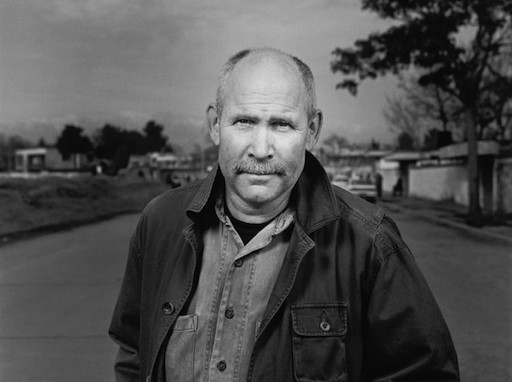
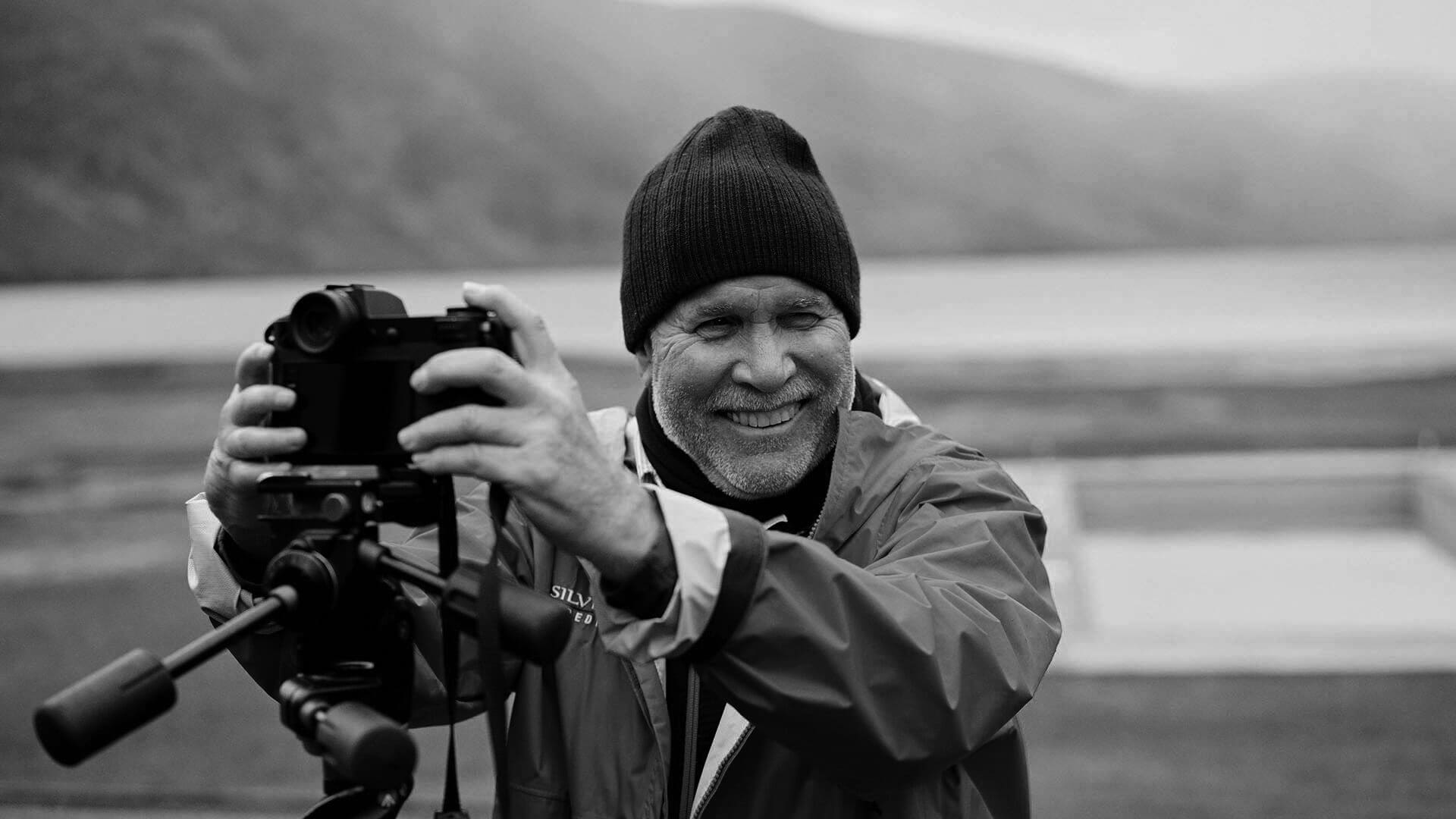
The ArtistSteve McCurry (b. 1950) is best known for his evocative colour photographs that document both human struggles and joy. Having travelled the globe for over thirty years, McCurry has photographed war zones, burning oil fields, refugee camps, ship breaking yards and monsoons all over the world. A member of Magnum Photos since 1986, many of his images have become modern icons.
Artist Page